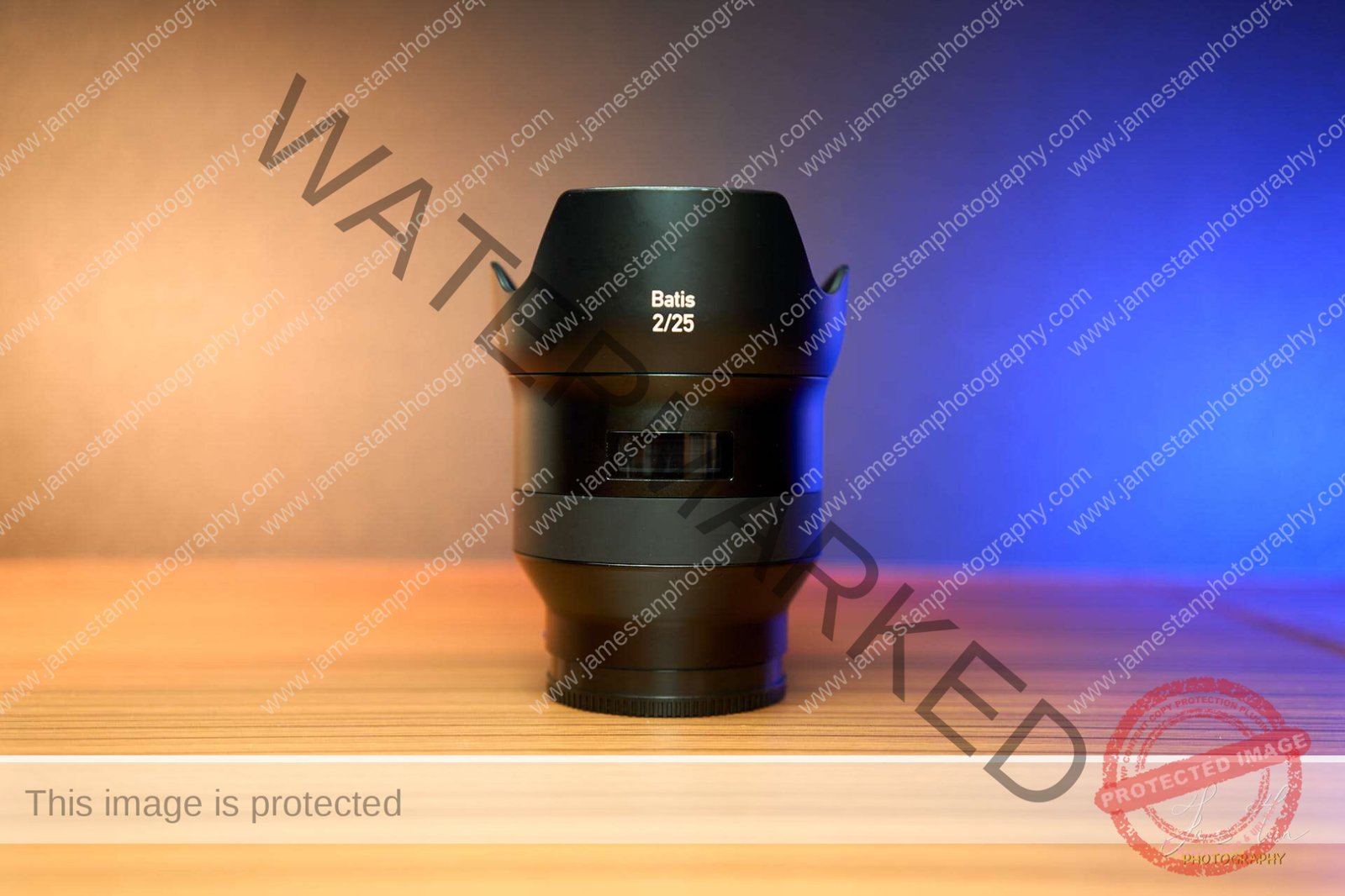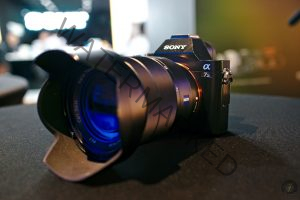If you own the top-performing lens in 2015 that cost you a thousand dollars, would it be outdated when paired with the latest entry-level full frame camera in 2022? I got the Zeiss Batis 25mm F2 and the Sony A7 MK IV today. How well could the lens keep up with the camera? Is the Zeiss Batis 25mm F2 still worth the $1200 premium in 2022? Let’s check it out!
The Zeiss Batis 25mm F2 review is also available on my YouTube channel here. Besides, you may watch it below directly (which requires you to accept the cookies) before carrying on reading the written review.
The Zeiss Batis 25mm F2 was introduced in 2015 (visit Zeiss official website here), and it was the only “native 24mm” autofocus lens for the Sony A7 MK II. There was no doubt to get it if you were looking for the best optical performing 24mm lens by that time.
Seven years over. We have more than ten 24mm autofocus prime lenses for the Sony FE mount in 2022.

They have a price tag from $1400 to a bare $200. It would be interesting to see if the Zeiss Batis 25mm offers something unique that distinguishes itself from the crowds and justify its $1200 price tag.
Key Specification
The Zeiss Batis 25 mm F2 FE specification as the following:
- Length in 78 mm / 3.1″ (exclude the lens hood)
- Weigh 335g / 11.82oz (exclude lens hood and lens cap)
- Maximum diameter 81mm / 3.2″
- 67 mm filter thread
- F2 to F22
- 10 elements in 8 groups
- 9 aperture blades
- Minimum focus distance 20cm
- Magnification ratio 0.19x
Pros & Cons
Body and Design
The Zeiss Batis 25mm has a black anodized aluminum body and a dark grey rubber focus ring.
The lens body has a unique curve design and a matte surface. Zeiss includes a petal-shaped hood for the Batis 25mm with a beautiful curved design that perfectly integrates onto the lens body.
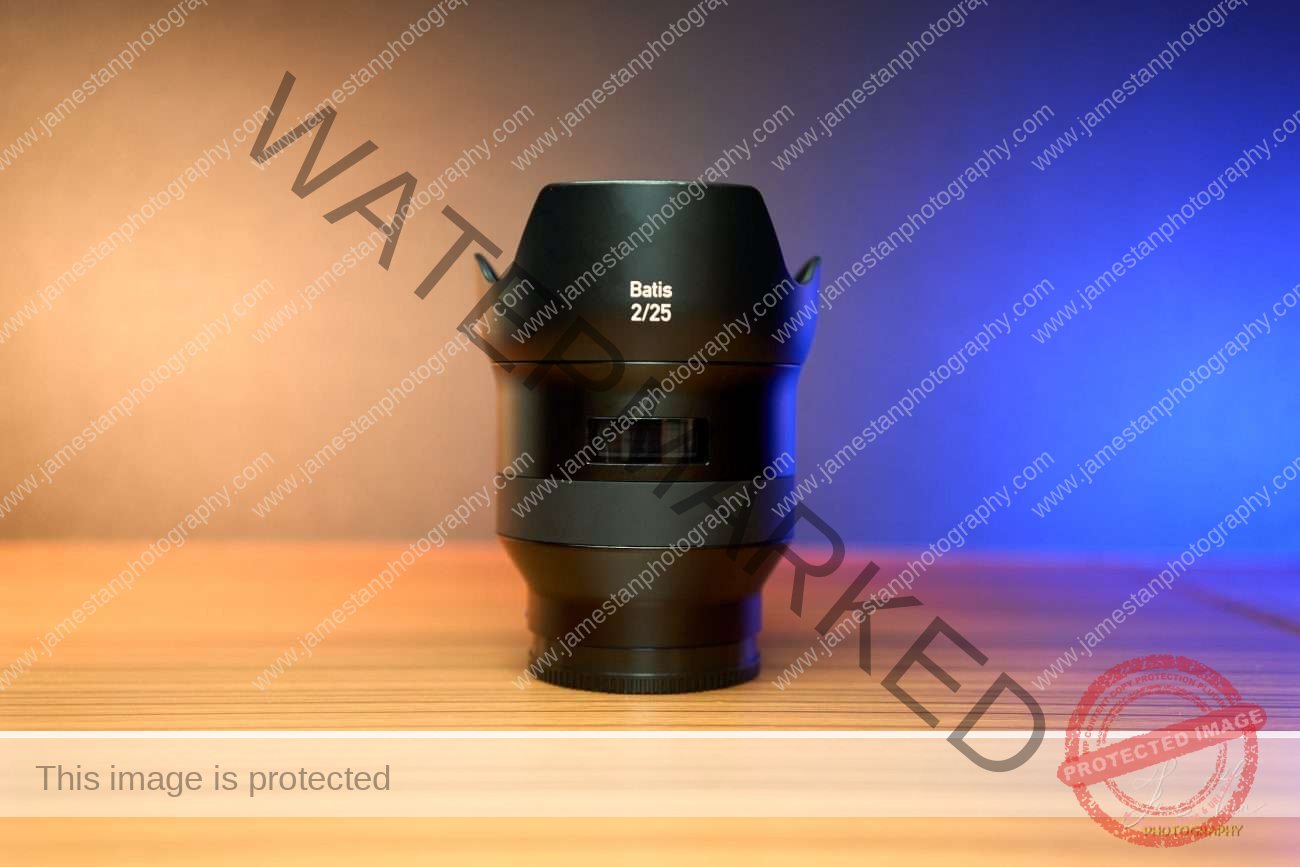
The lens has a common 67mm filter thread and weighs 355g (11.82 oz). It was the lightest 24mm F2 prime lens for Sony FE mount until Samyang introduced its 24mm F1.8 in 2021. The Batis 25mm body is 78mm (3.1″) long without a lens hood.

Dust and Moisture Resistance
The blue gasket on the lens mount has a similar or identical thickness as the Sony 24mm GM, which has the best quality sealing among the Sony lenses. Therefore, I believe that Batis 25mm could withstand a reasonable amount of dust and water spray.
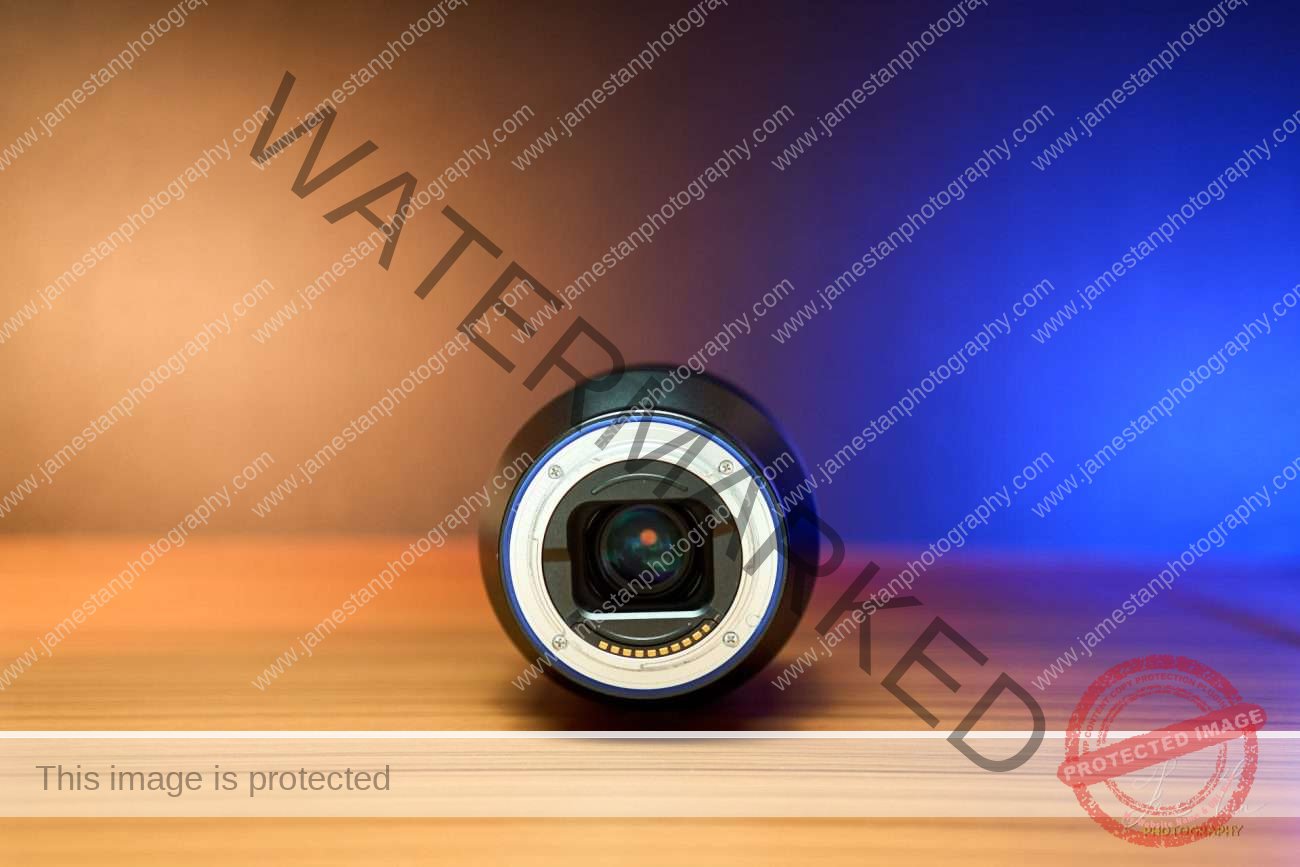
On-Lens OLED Screen
The Batis lens series has a unique OLED screen to display the focusing distance and the depth of field. You will notice the Zeiss wording on the Batis lens when you turn on the camera.
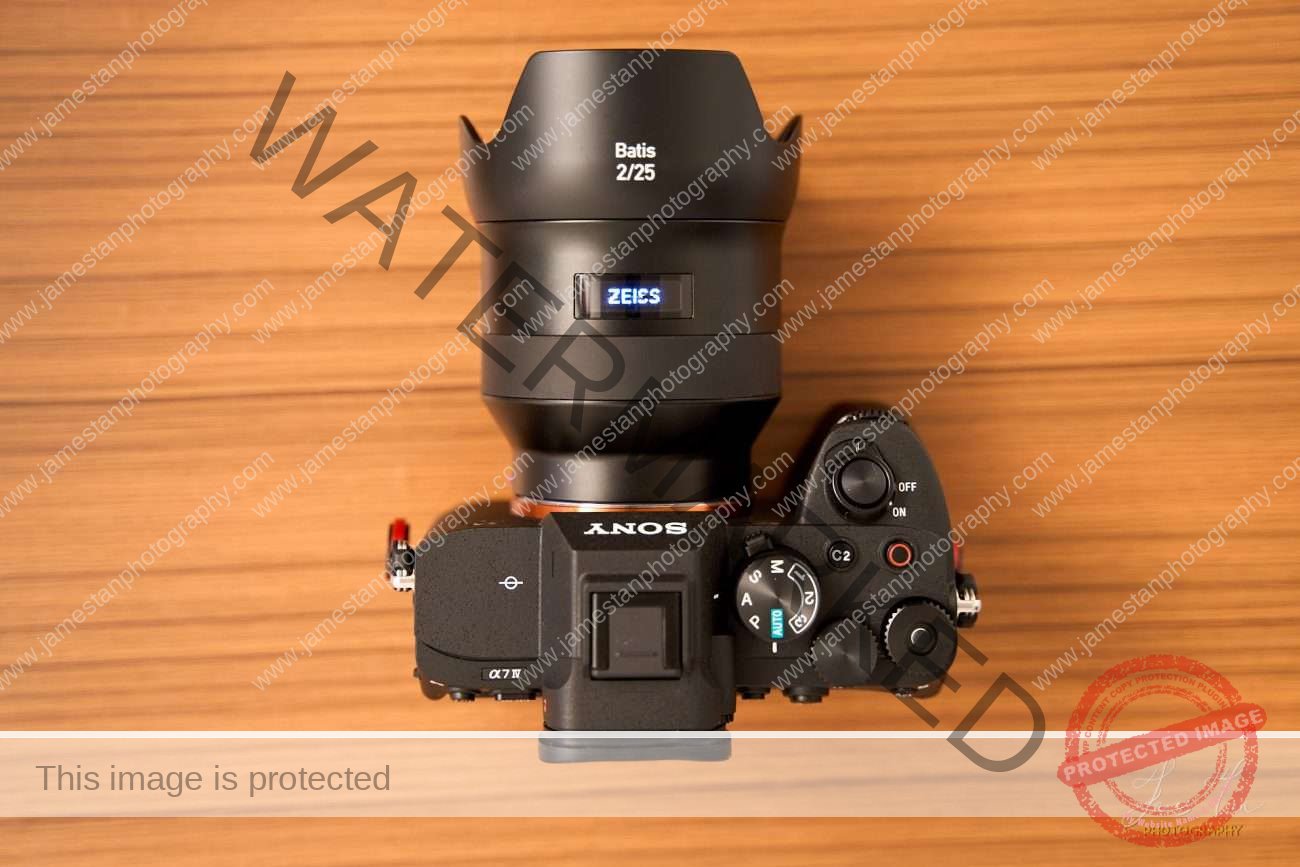
Here are the tips. You can change the OLED screen settings by twisting the focus ring to the left or the right:
- You have to turn on the manual focus mode in your camera.
- Keep turning the focus ring to the
- right to switch the distance unit between meter and feet
- left to choose the OLED display to be always on, always off, or only display the scaling during the manual focus.
- Turn the focus ring in the opposite direction to confirm your settings.
The idea of the OLED display is innovative but may not be practical in general. How often do you rely on the OLED screen or do not use it at all? Feel free to tell me in the comment below.
Focus Ring
The focus ring is a focus-by-wire design with a unique adjustment scaling according to your rotating speed. You could turn the ring slowly to have a precise adjustment or turn it quickly to change the focusing distance rapidly.
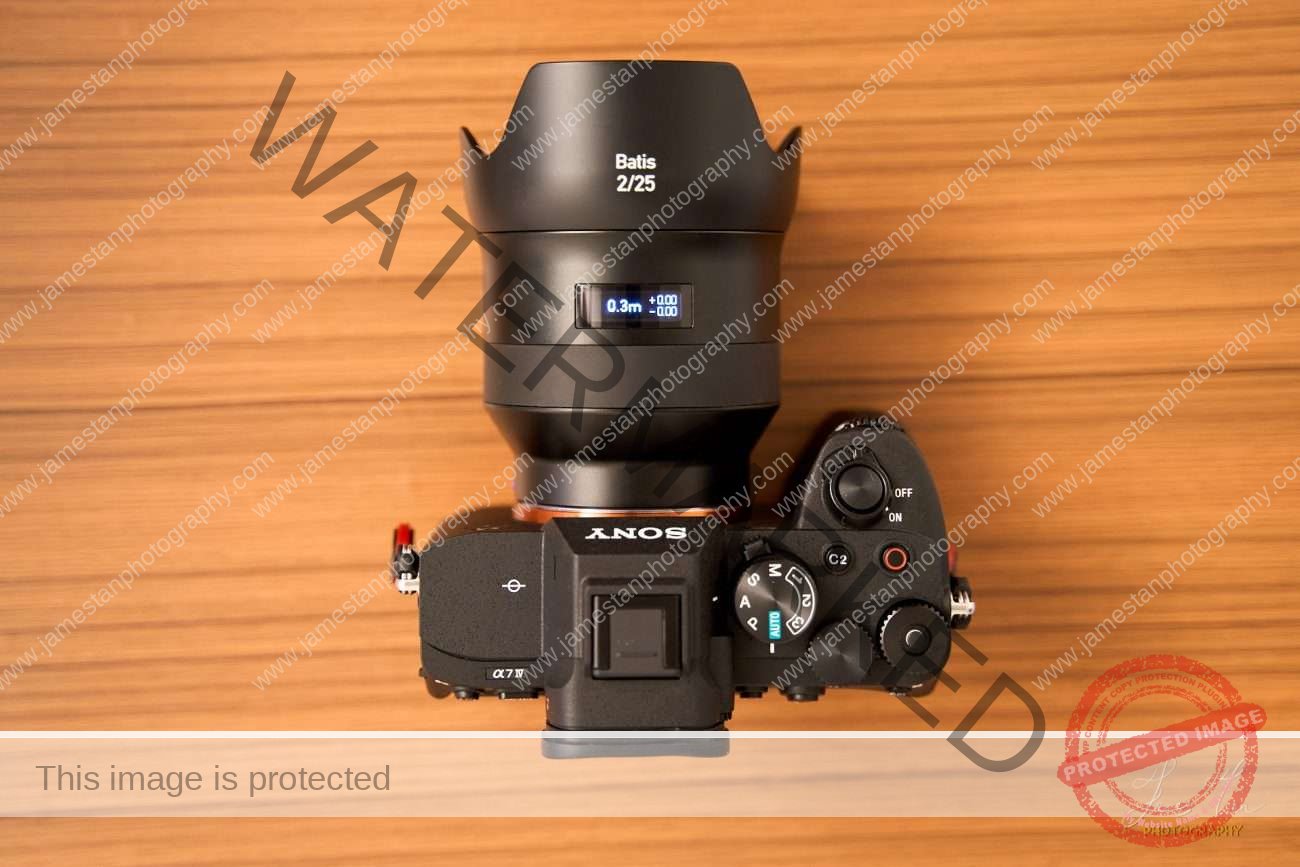

It has a comfortable resistance yet provides a smooth rotating experience. The focus ring experience on the Batis 25mm is unparallel. Even the Sony 24mm GM focus ring is less solid than the Zeiss Batis 25mm.
Optical Performance
Now, we take a look at the Zeiss Batis 25mm F2 optical performance. All the in-camera and post-processing lens corrections like sharpening, distortion, chromatic aberration and shading compensations are turned off. In case you are not aware, Sony cameras apply the in-camera shading compensation to both the RAW and JPEG files.
Sharpness
Center
We could see that the lens has an impressive center sharpness from F2 until F11. However, it suffers from diffraction from F16 to F22.
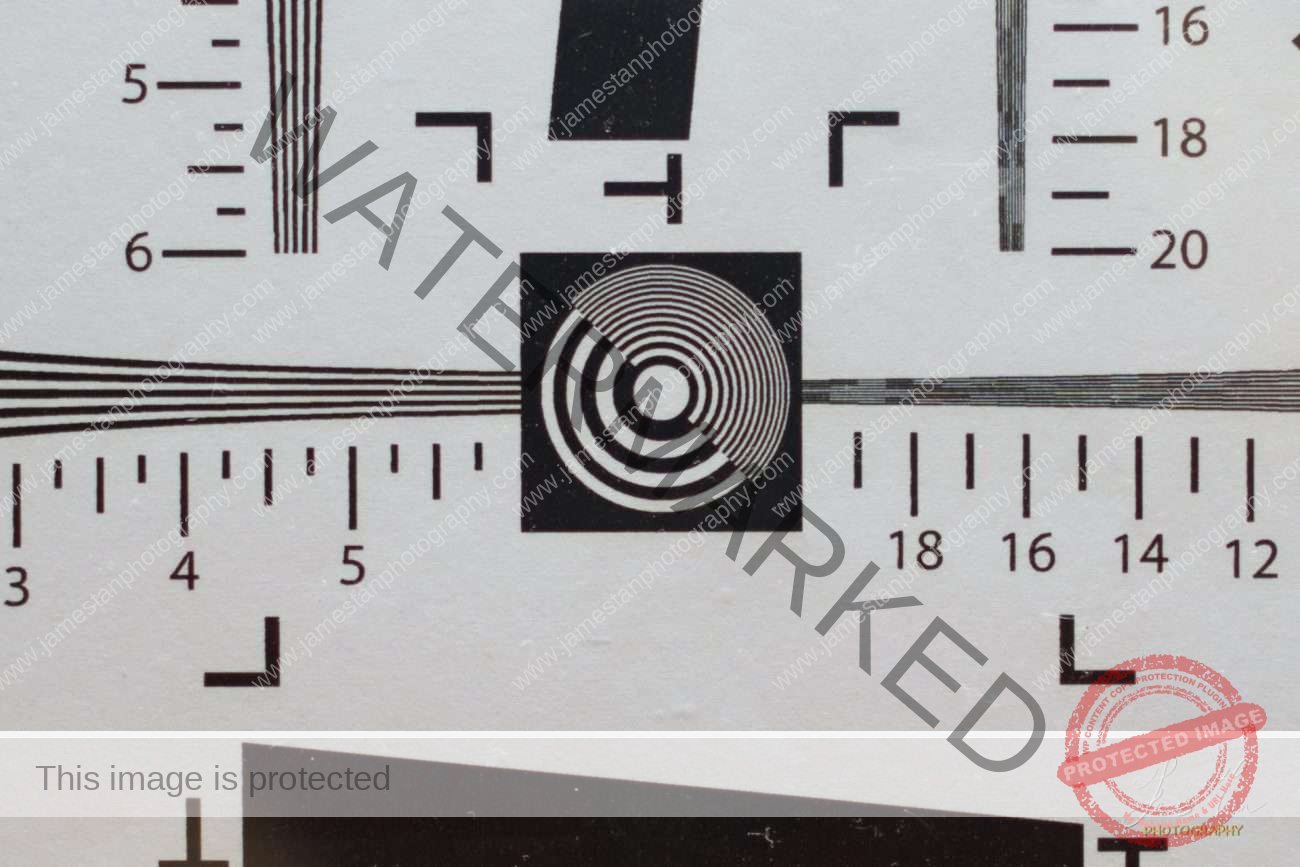
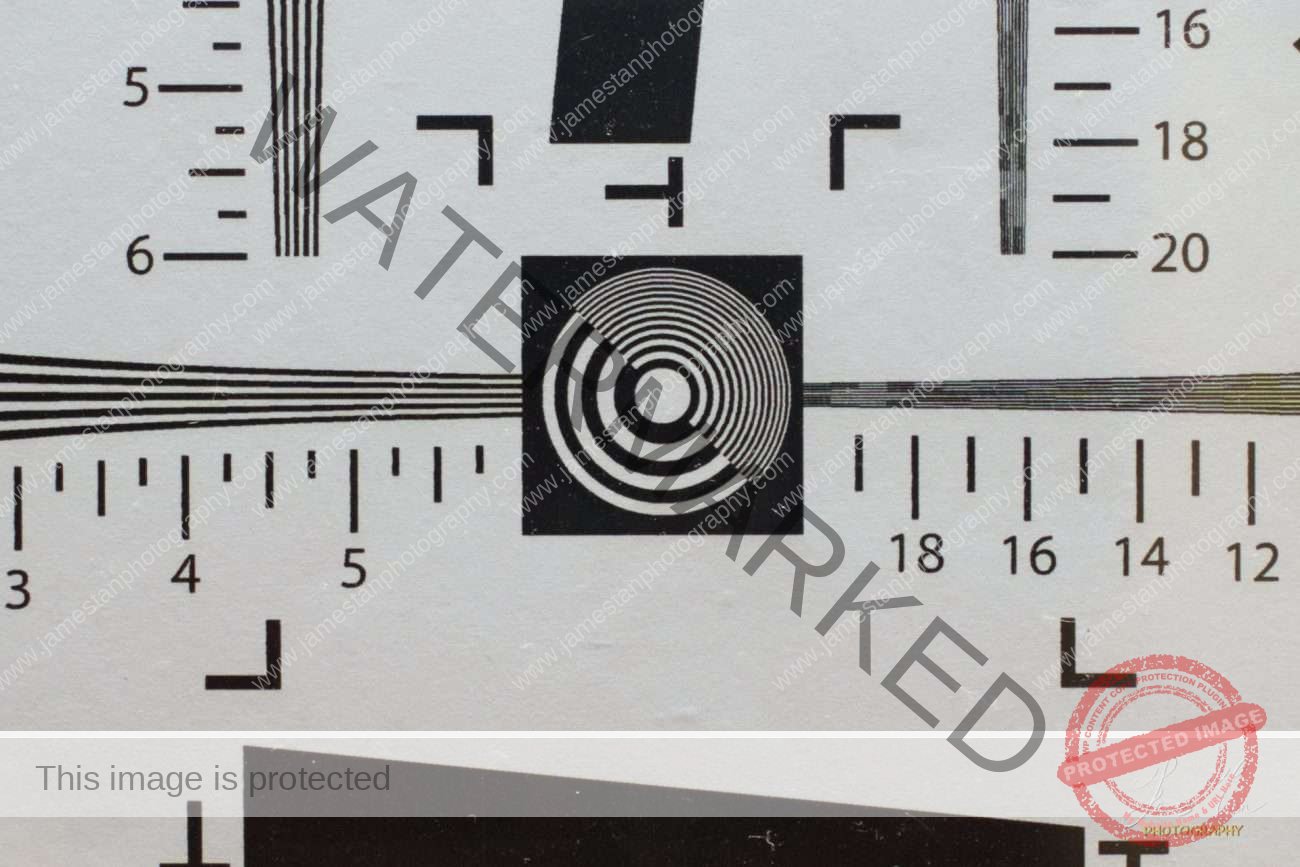
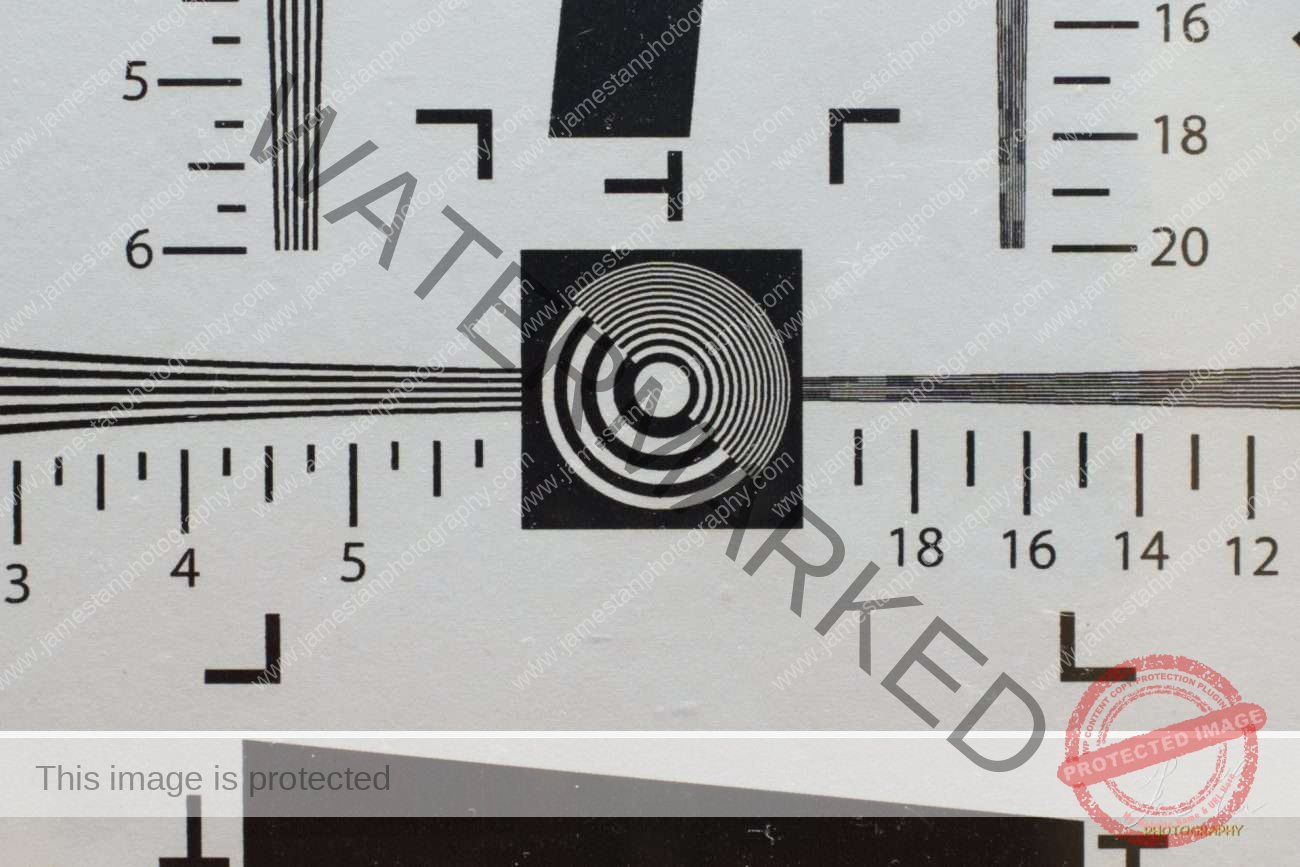
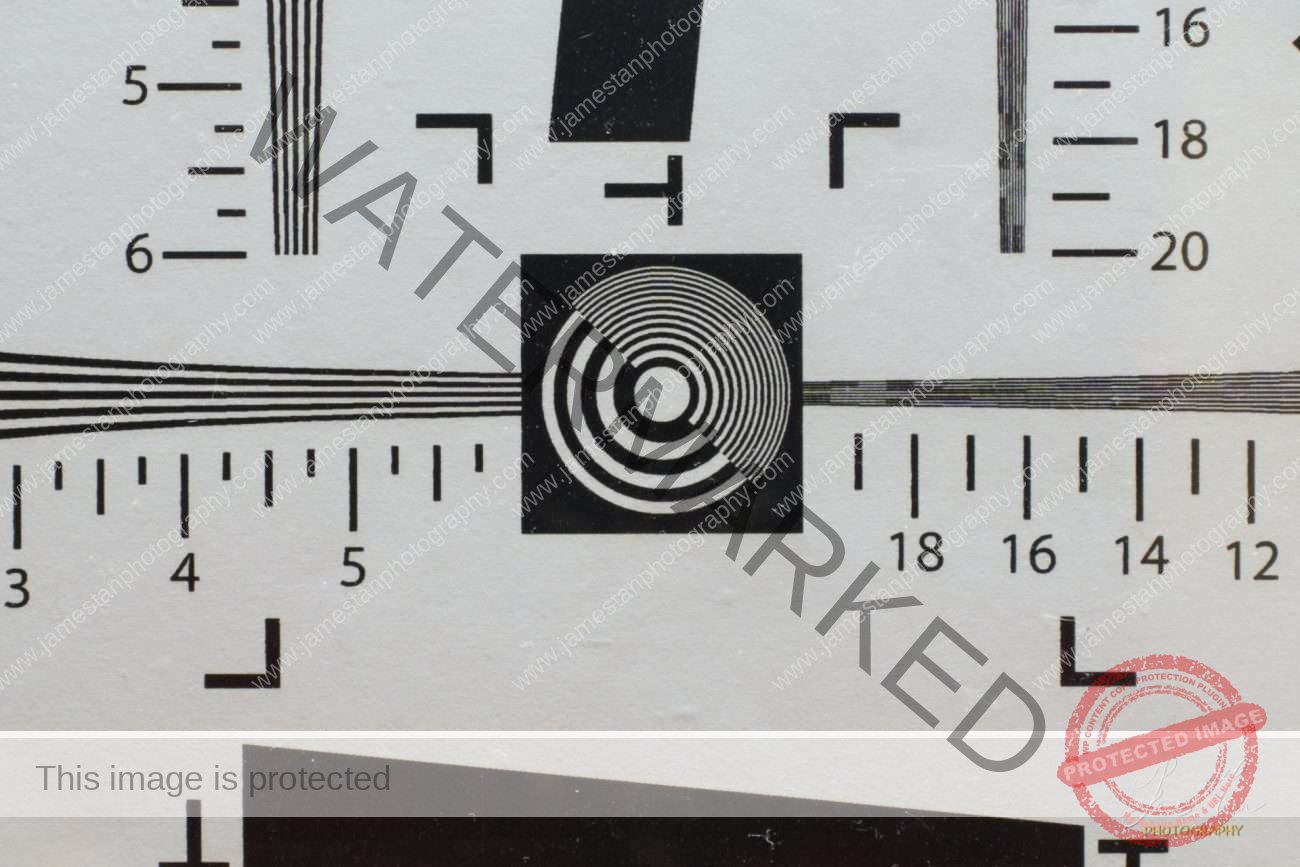
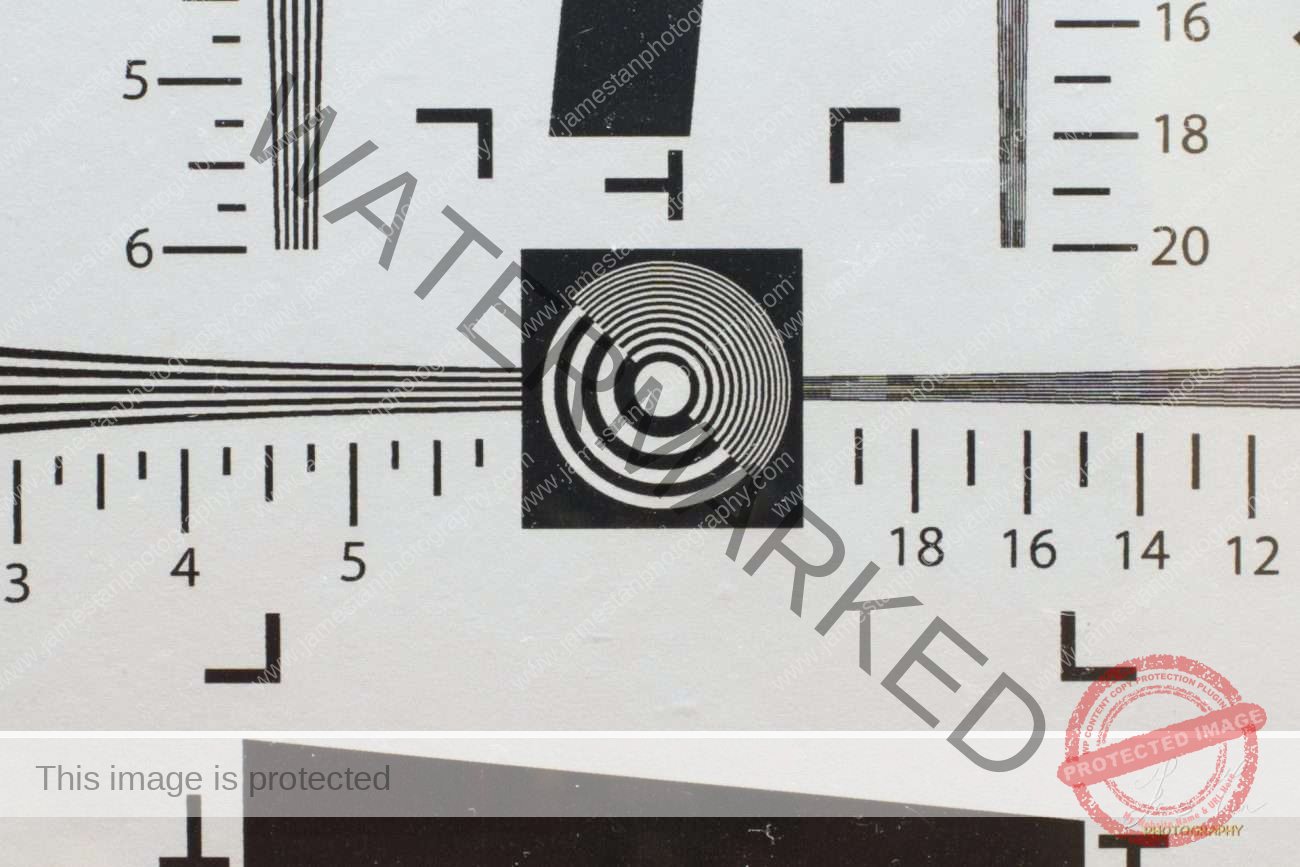
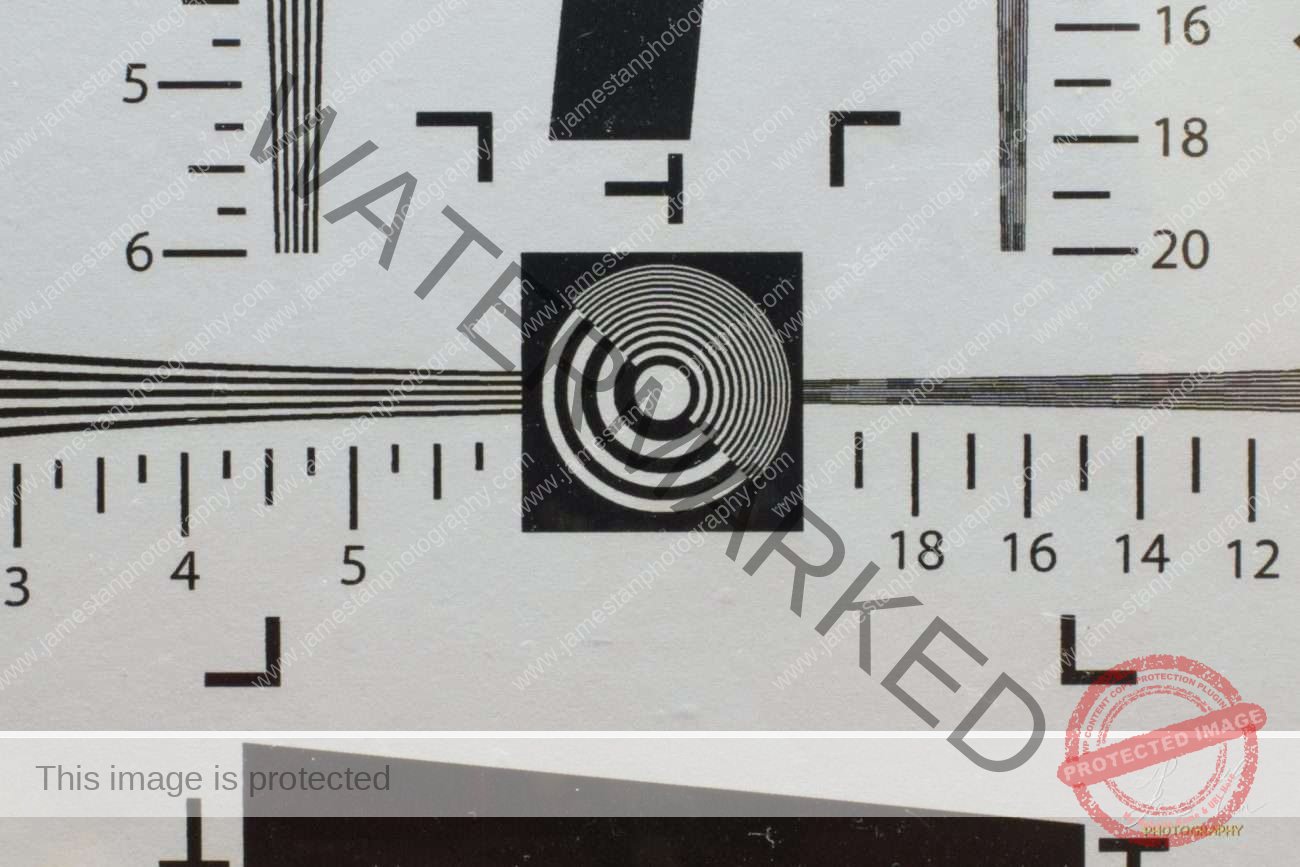
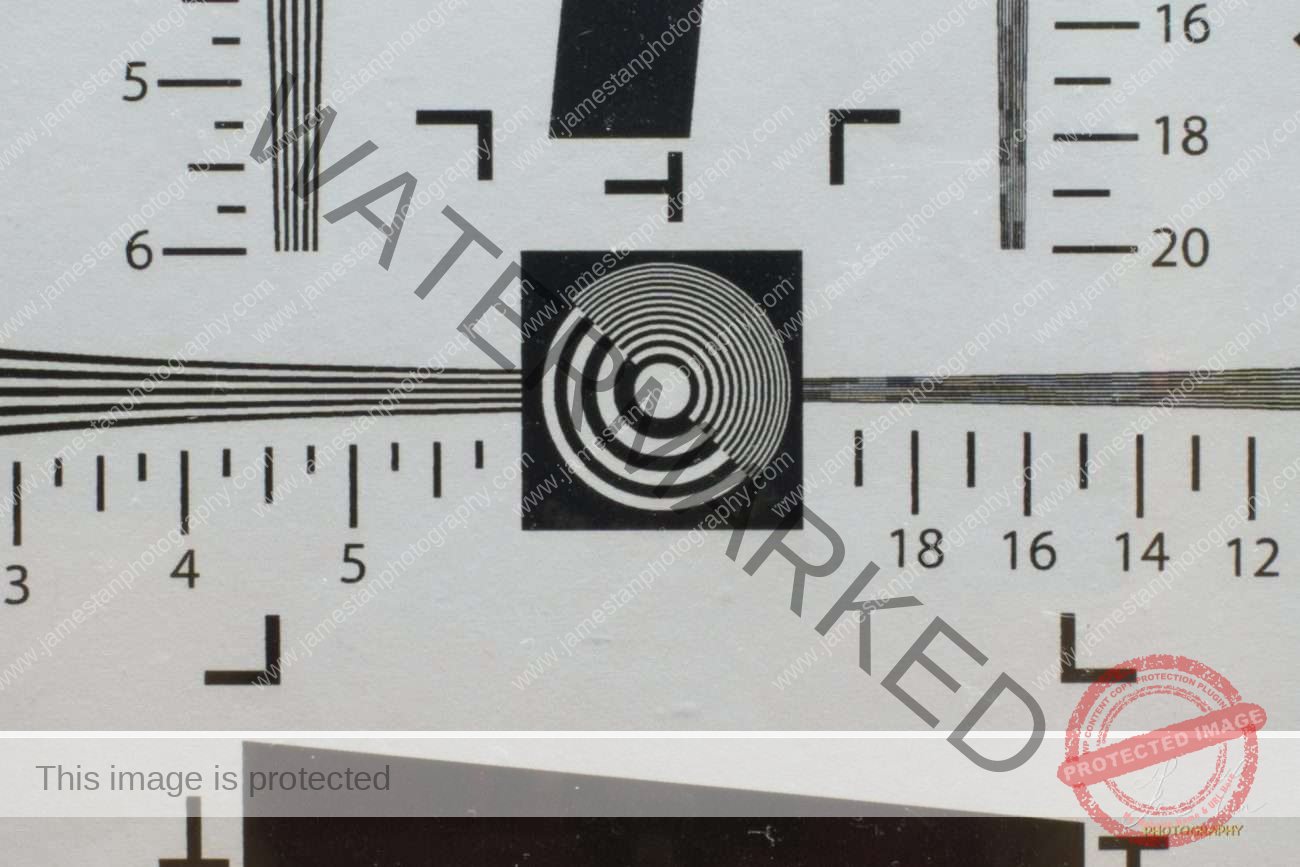
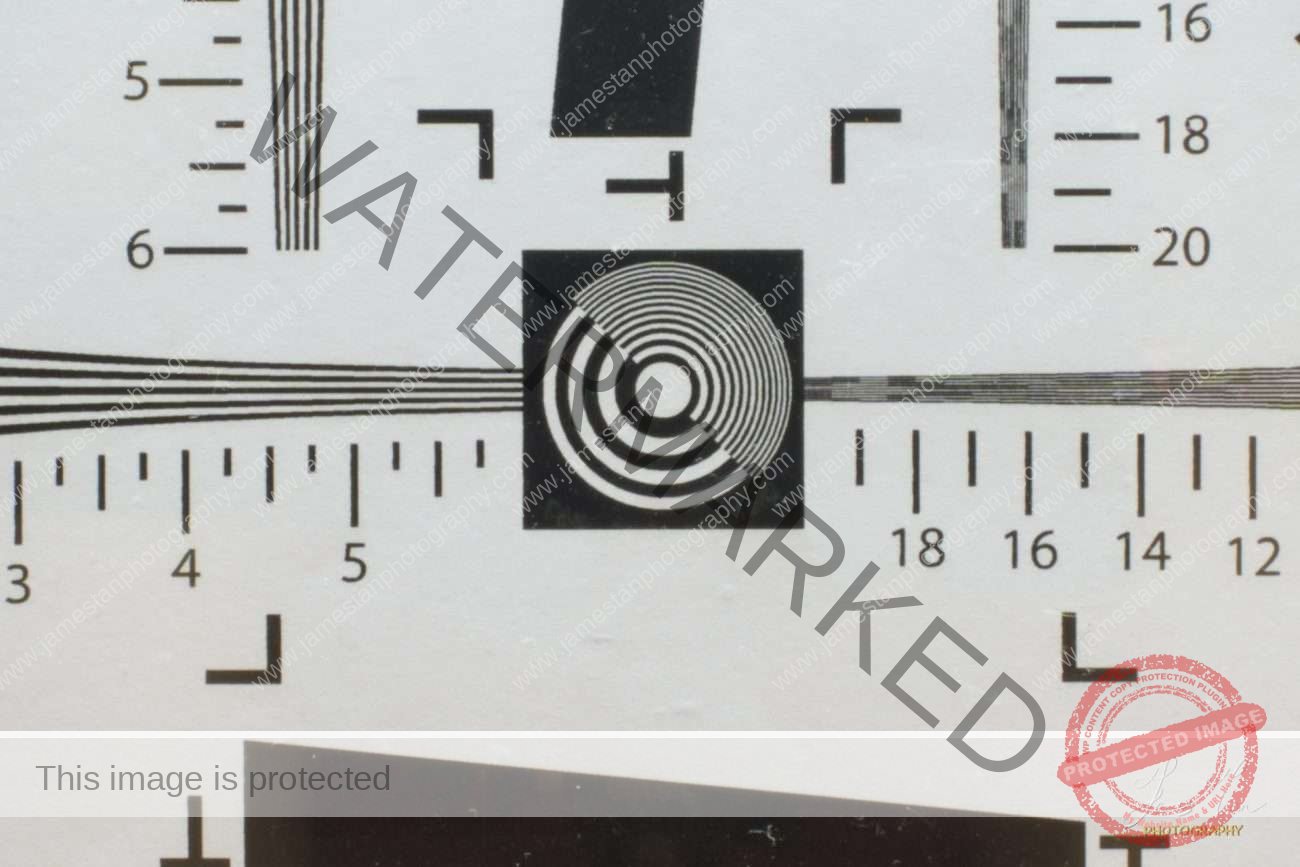
Corner
The corner sharpness at F2 is acceptable but not as impressive as the Sony 24mm GM. Stopped down to F2.8 does improve the corner sharpness, and the corner shows its peak sharpness from F4 to F8. The corner sharpness at F11 is slightly softer, and the diffraction badly affects the corner sharpness at F16 and F22.
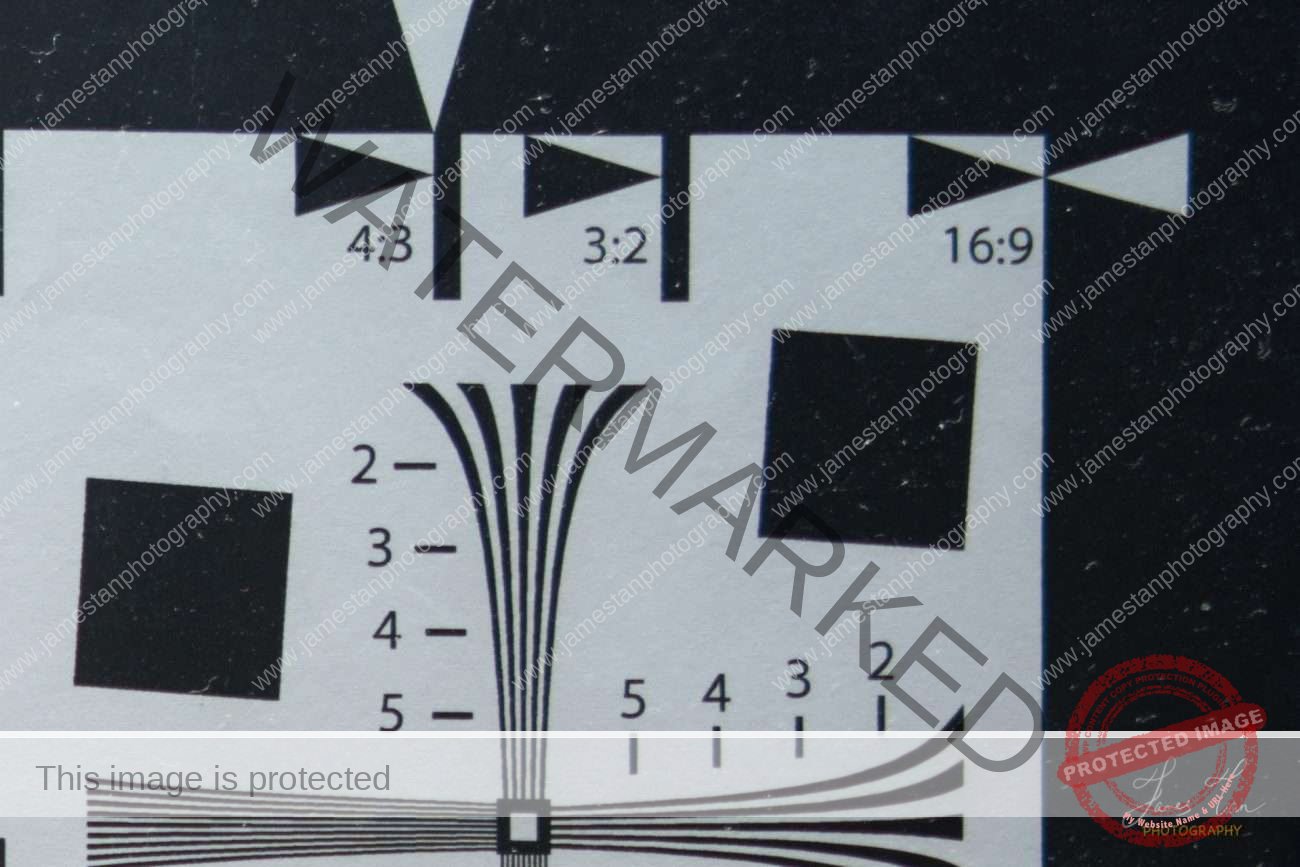
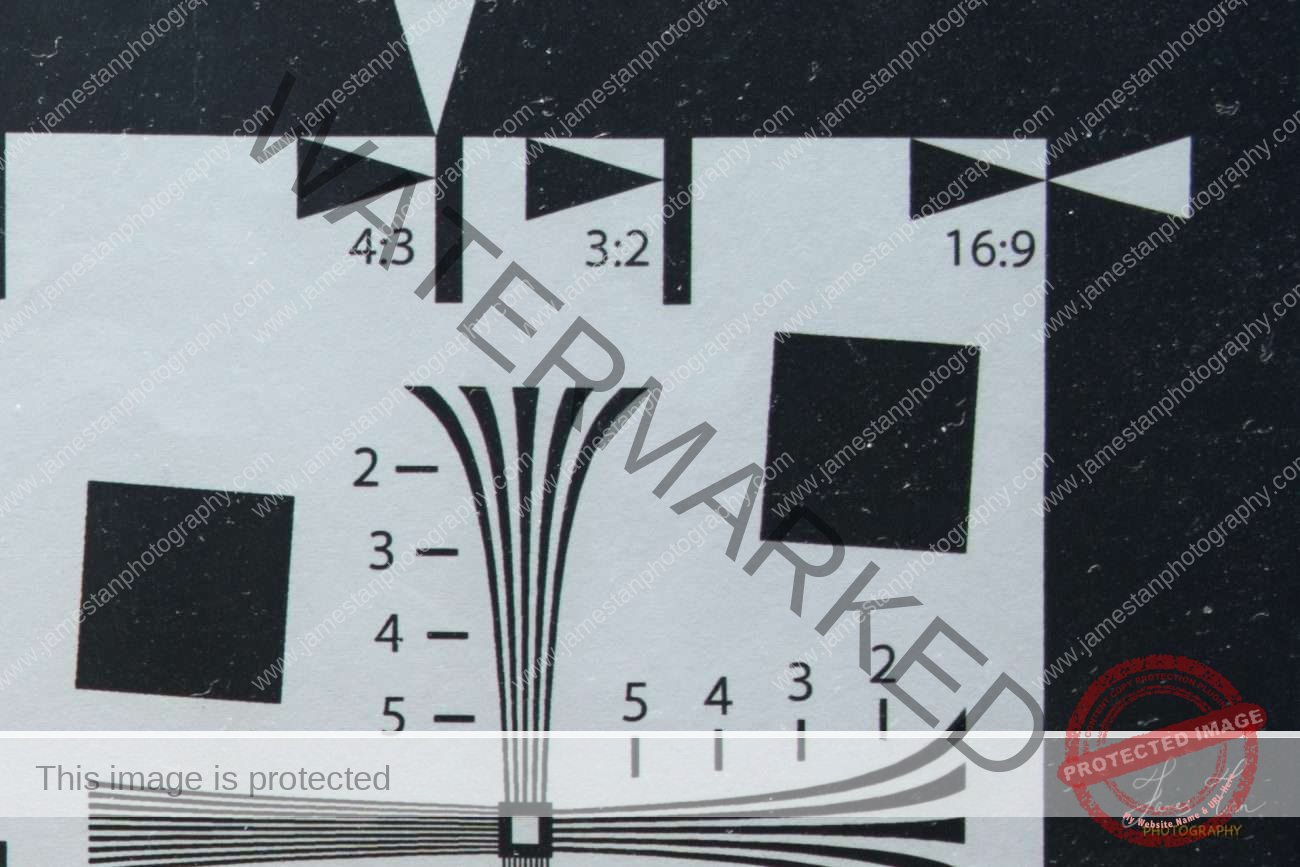
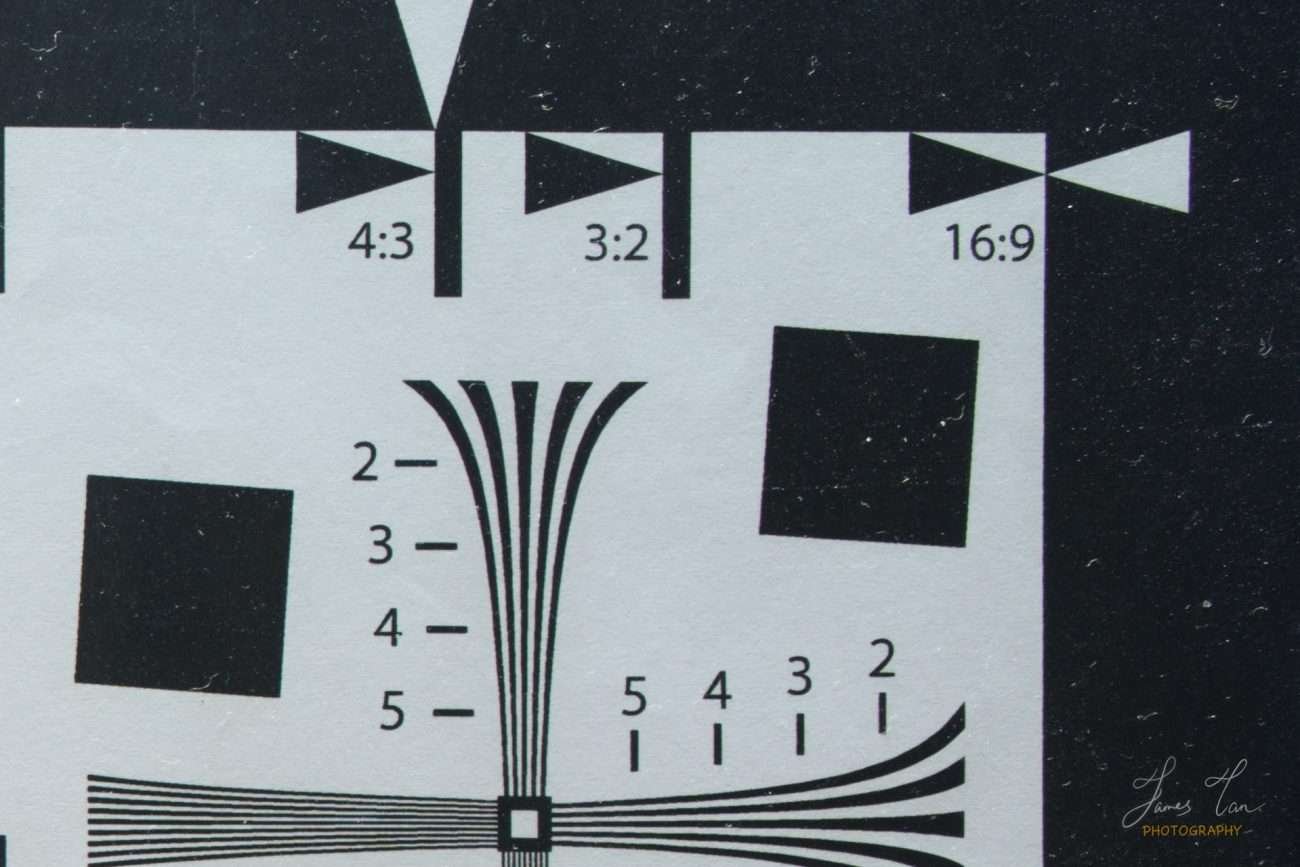
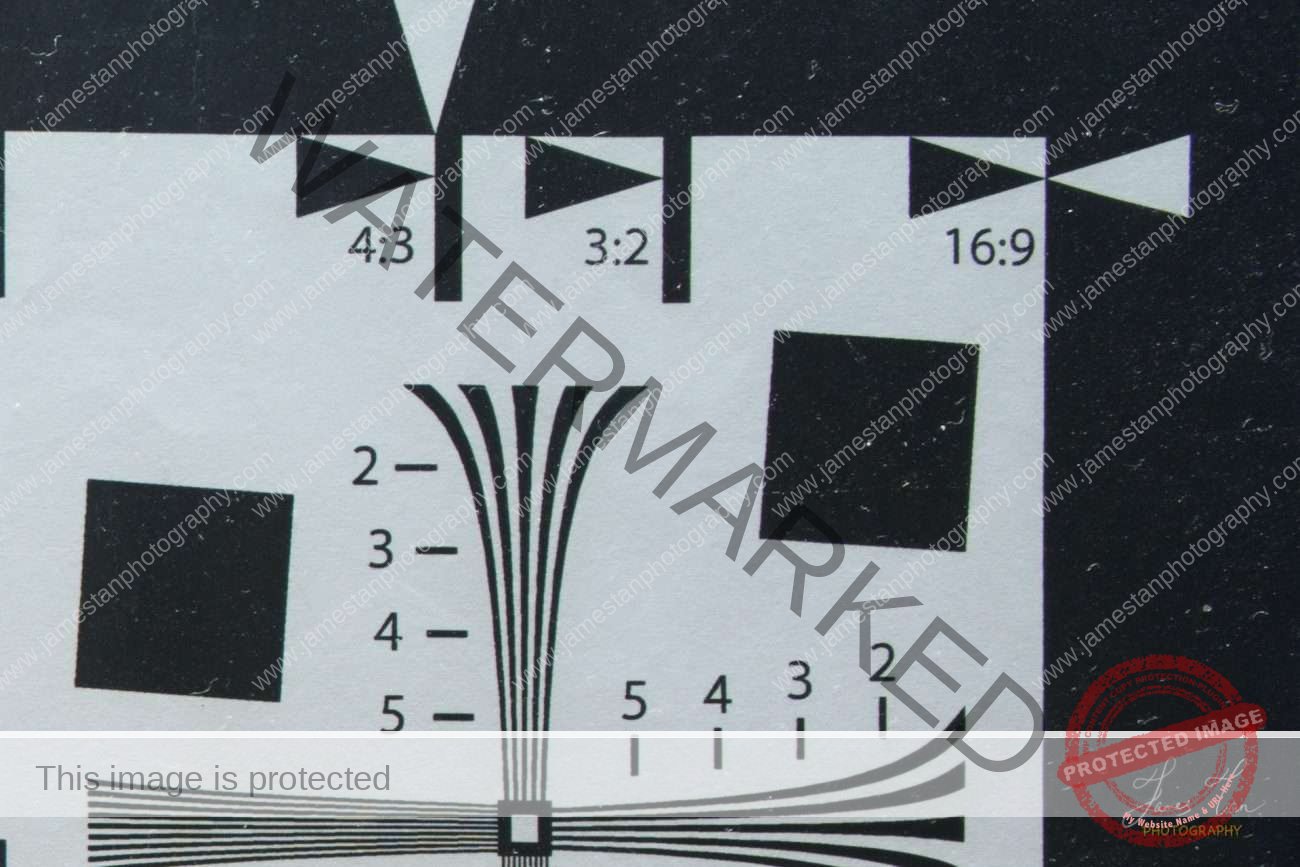
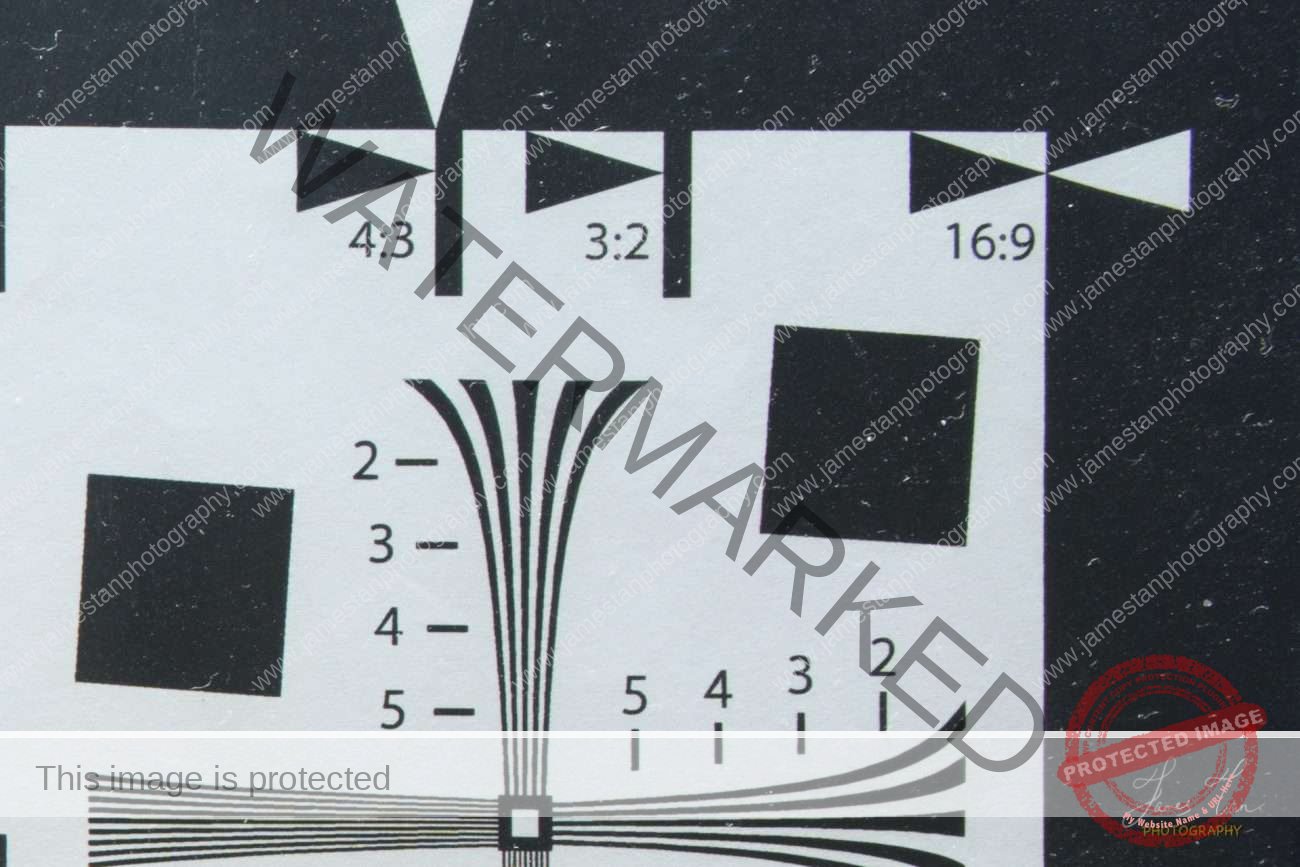
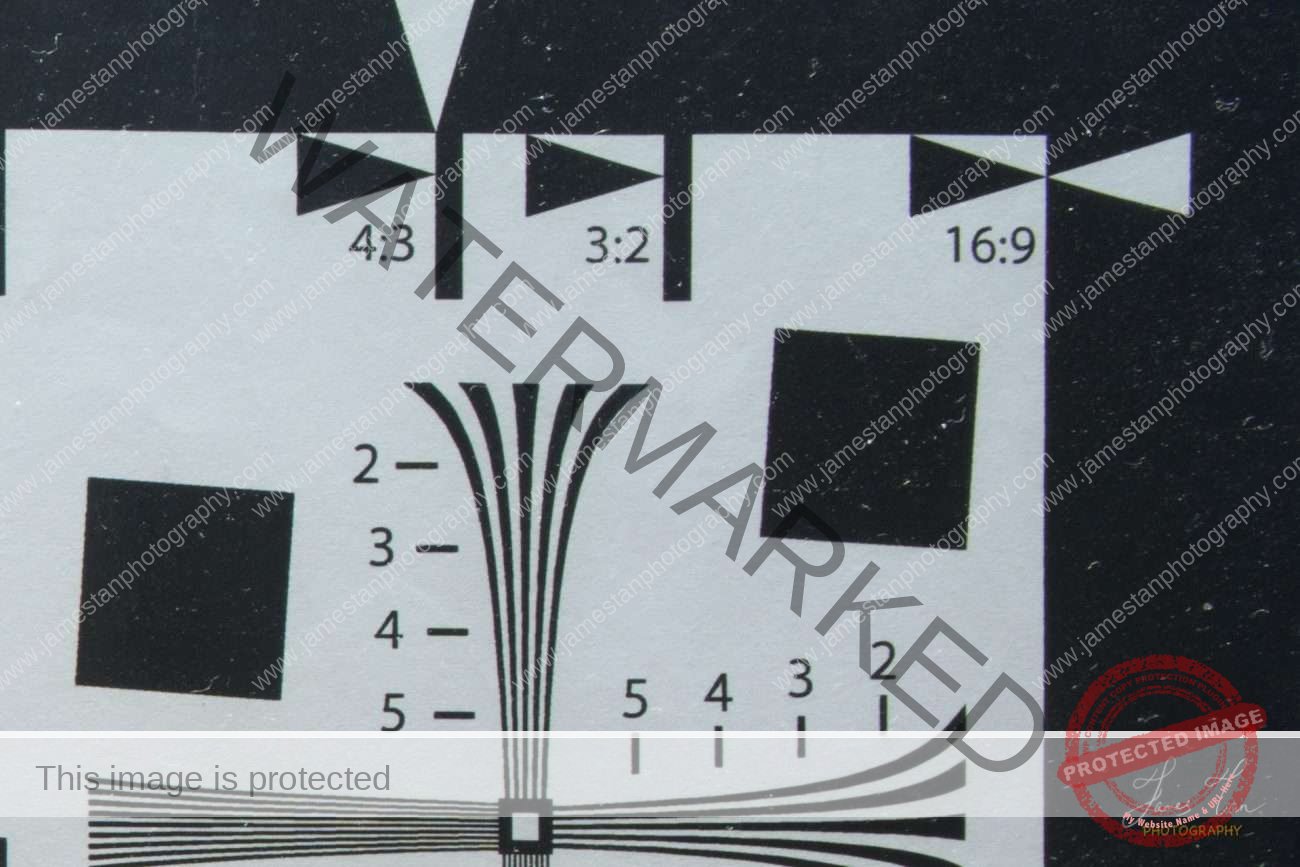
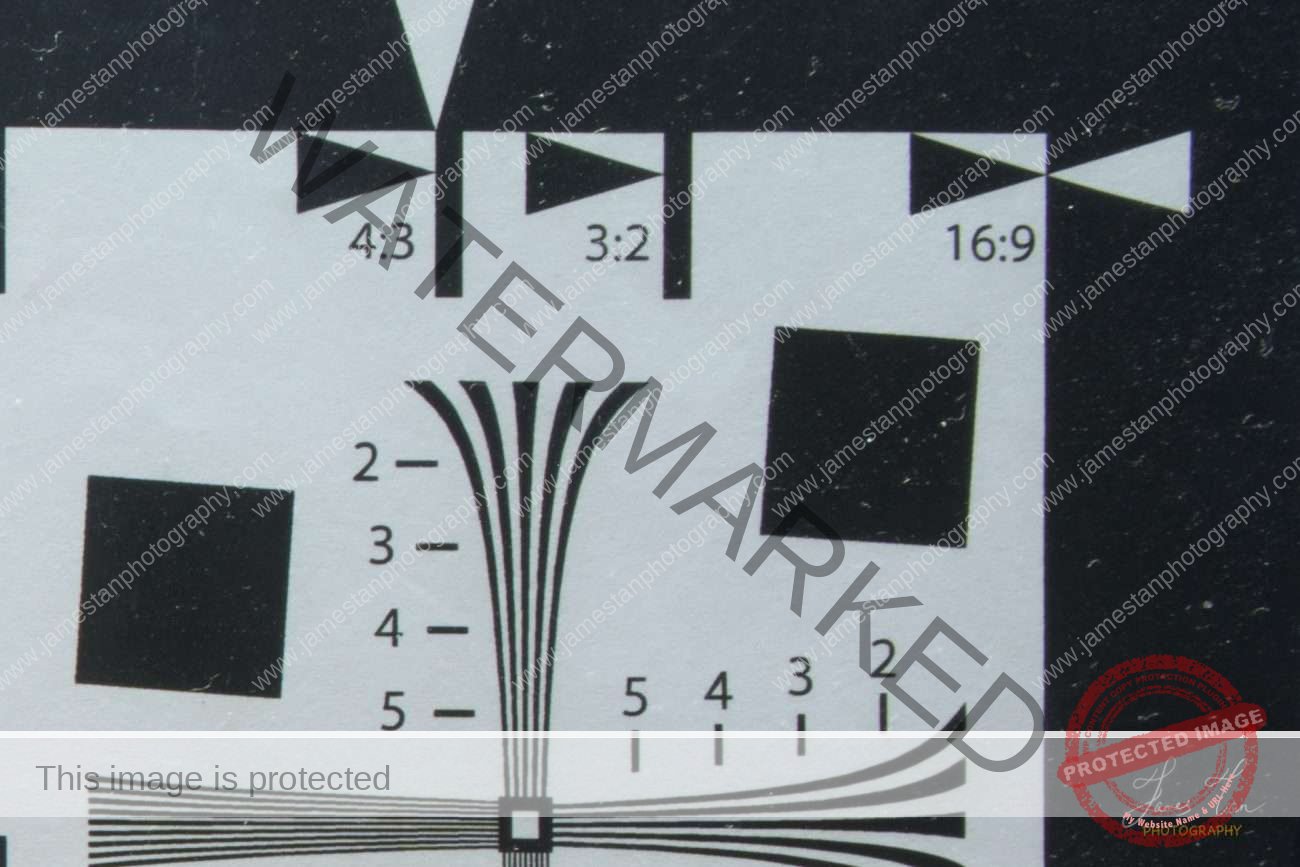
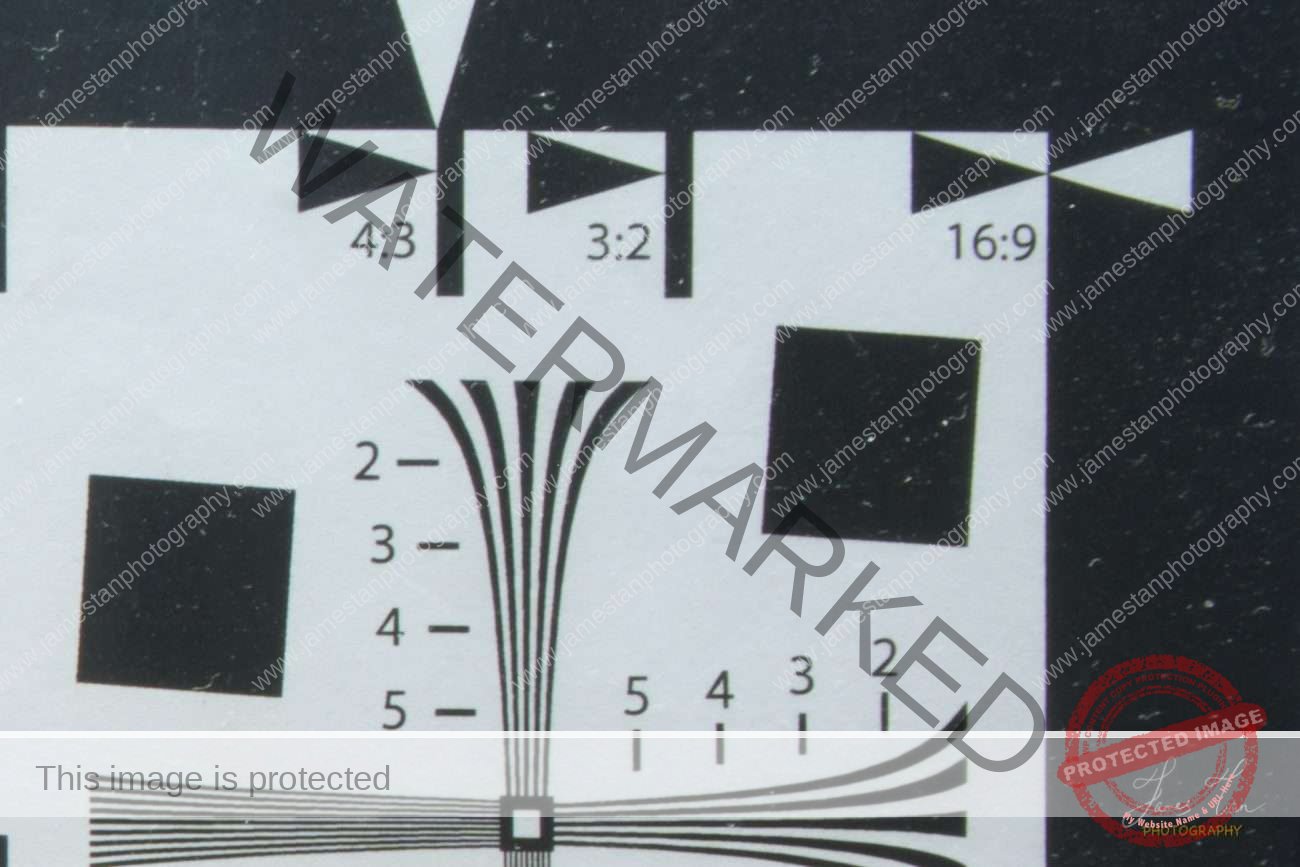
In short, the Batis 25mm has a good corner-to-corner sharpness right from the F2 to F11. Its center sharpness is comparable to the Sony GM, but the GM outperforms the Zeiss in the corner sharpness. Well, I have a more detailed comparison of the Zeiss and GM lenses in the coming review. So stay tuned!
Chromatic Aberration
The chromatic aberration is well-controlled but is not perfect.
Longitudinal CA
We could see red and green longitudinal chromatic aberration in those out-of-focus high contrast areas at F2. It is significantly reduced when you stop down to F4.
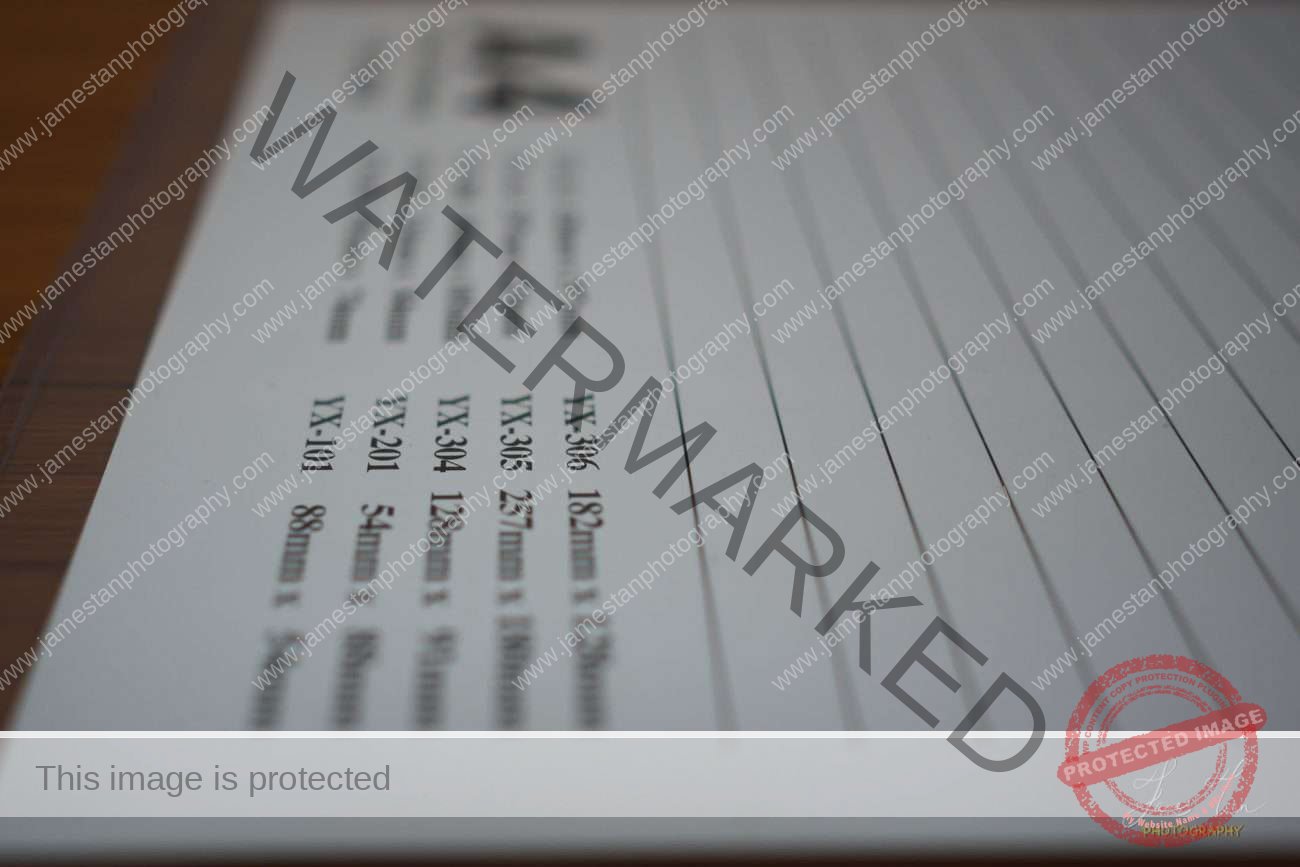
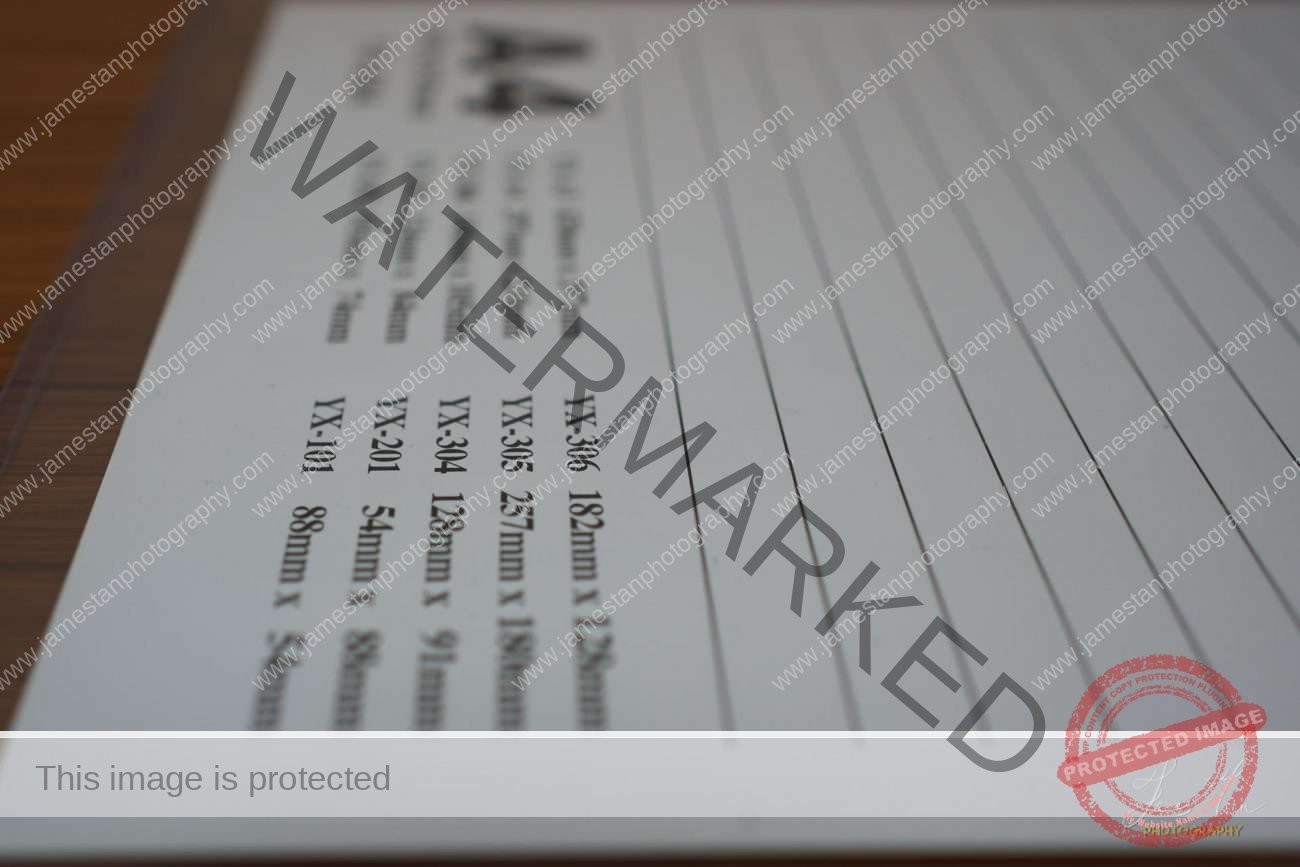
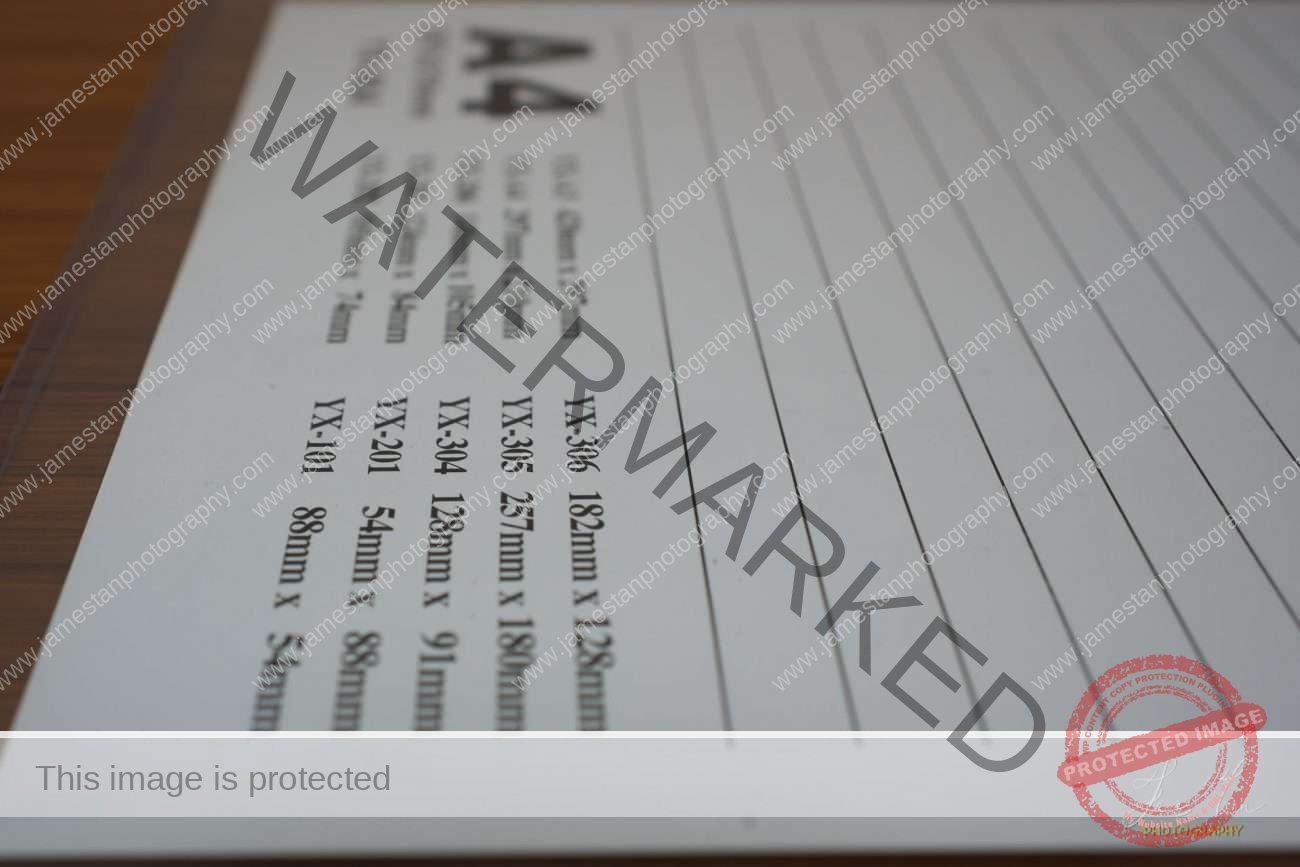
Lateral CA
There are also minor magenta and purple lateral chromatic aberrations in the corners across all the apertures.








Distortion
The lens also shows a minor barrel distortion. It is subtle and can be fixed easily in post-processing.
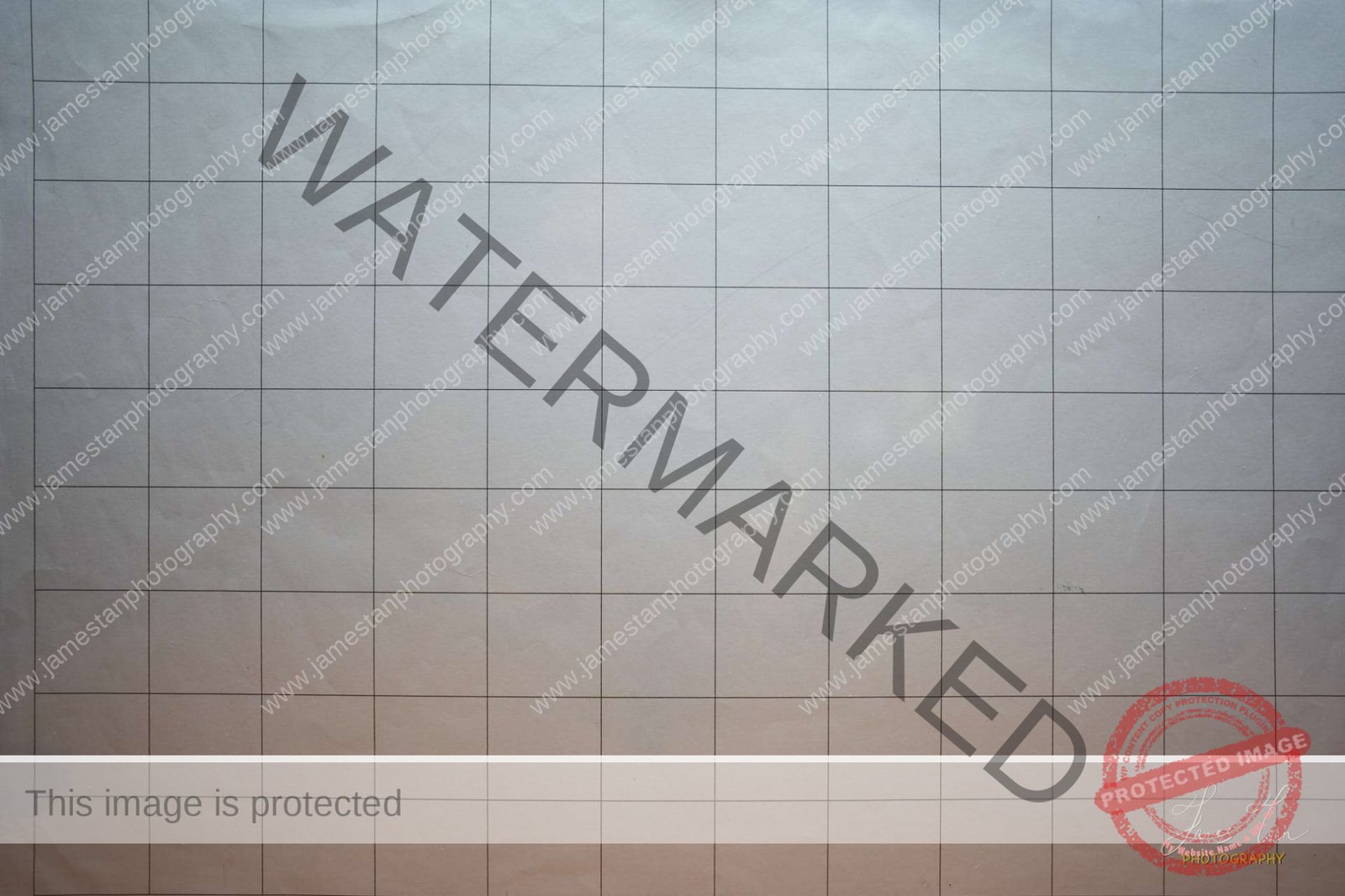
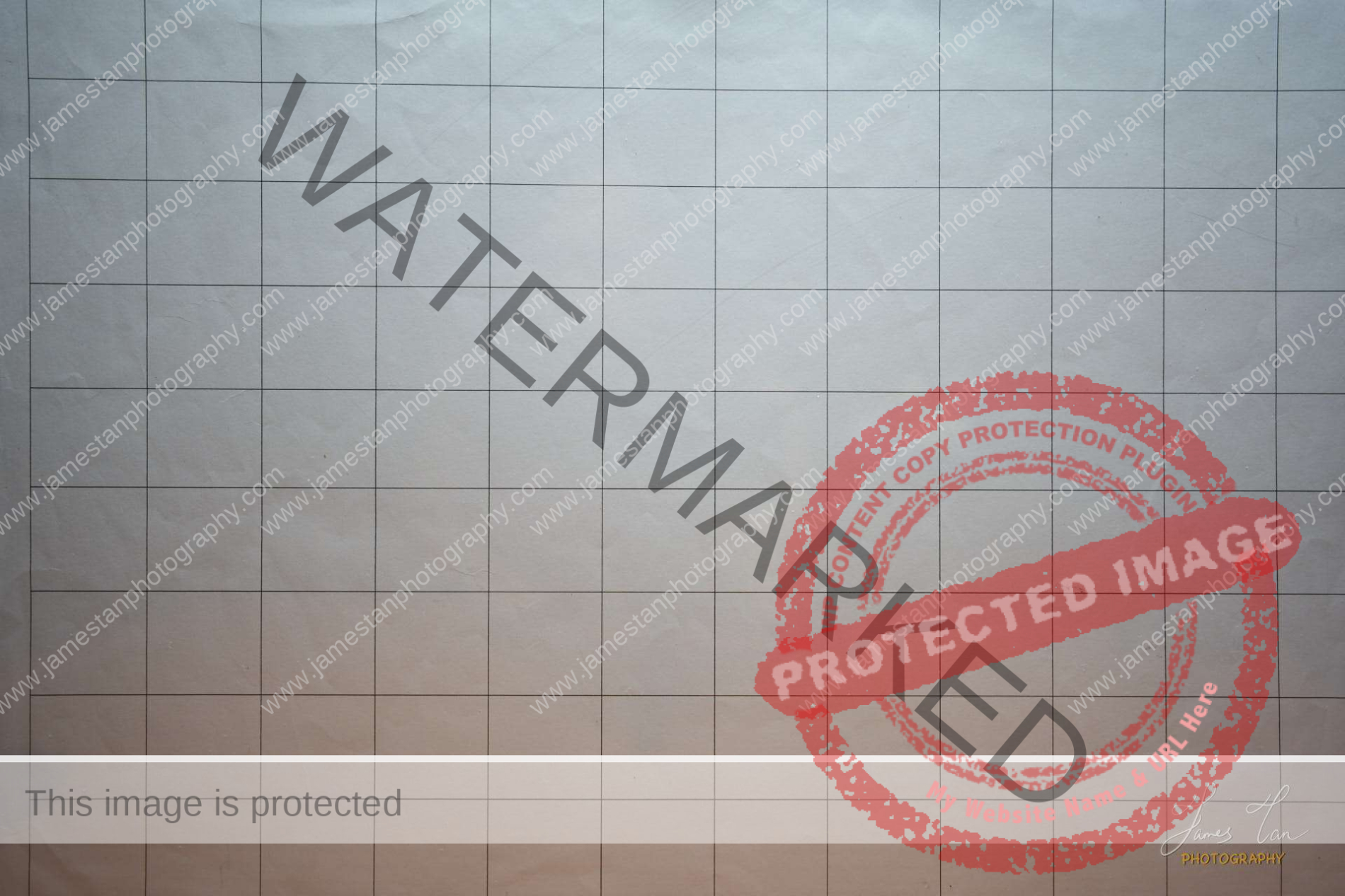
Vignetting
The vignetting is horrible at its wide-opened. It is one of the worst vignetting I have ever seen in a prime lens. Turning on the in-camera shading compensation will significantly reduce it in the RAW and JPEG files.








Flare Control
The flare control of the Zeiss Batis 25mm F2 is adequate.
When shooting directly towards the sun, there could be a weird purple flaring or a bright green orb in the center. Well, it is an extreme lighting condition.

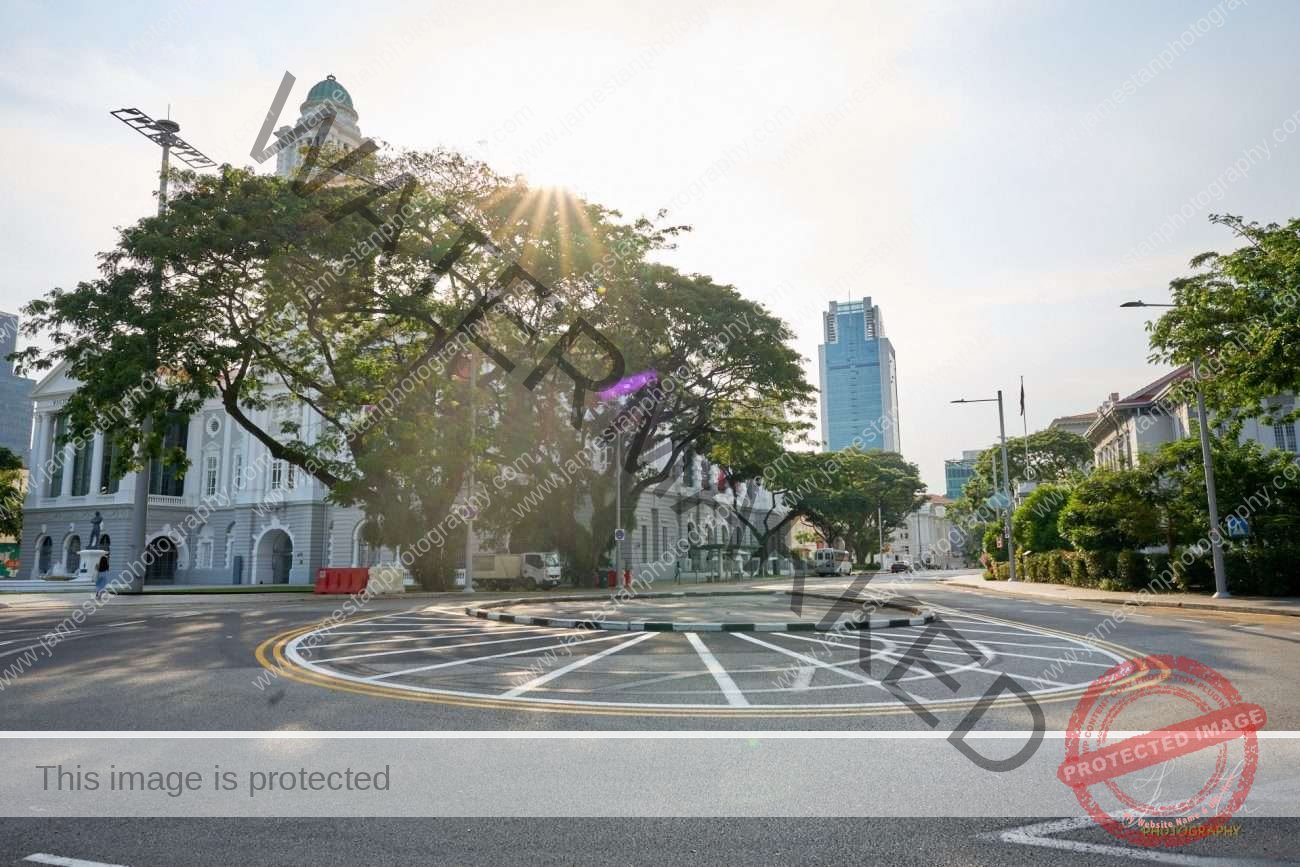
Besides that, I do not find any concern in the regular shooting. The flare is well-controlled and does not spread across the frame.
Bokeh
The Zeiss website states that the Batis lenses give the magical Zeiss 3D pop effect and deliver a harmonious Bokeh when shooting at the wide-open aperture. I list a few real-life samples here and leave them for you to justify the Zeiss 3D pop effect.

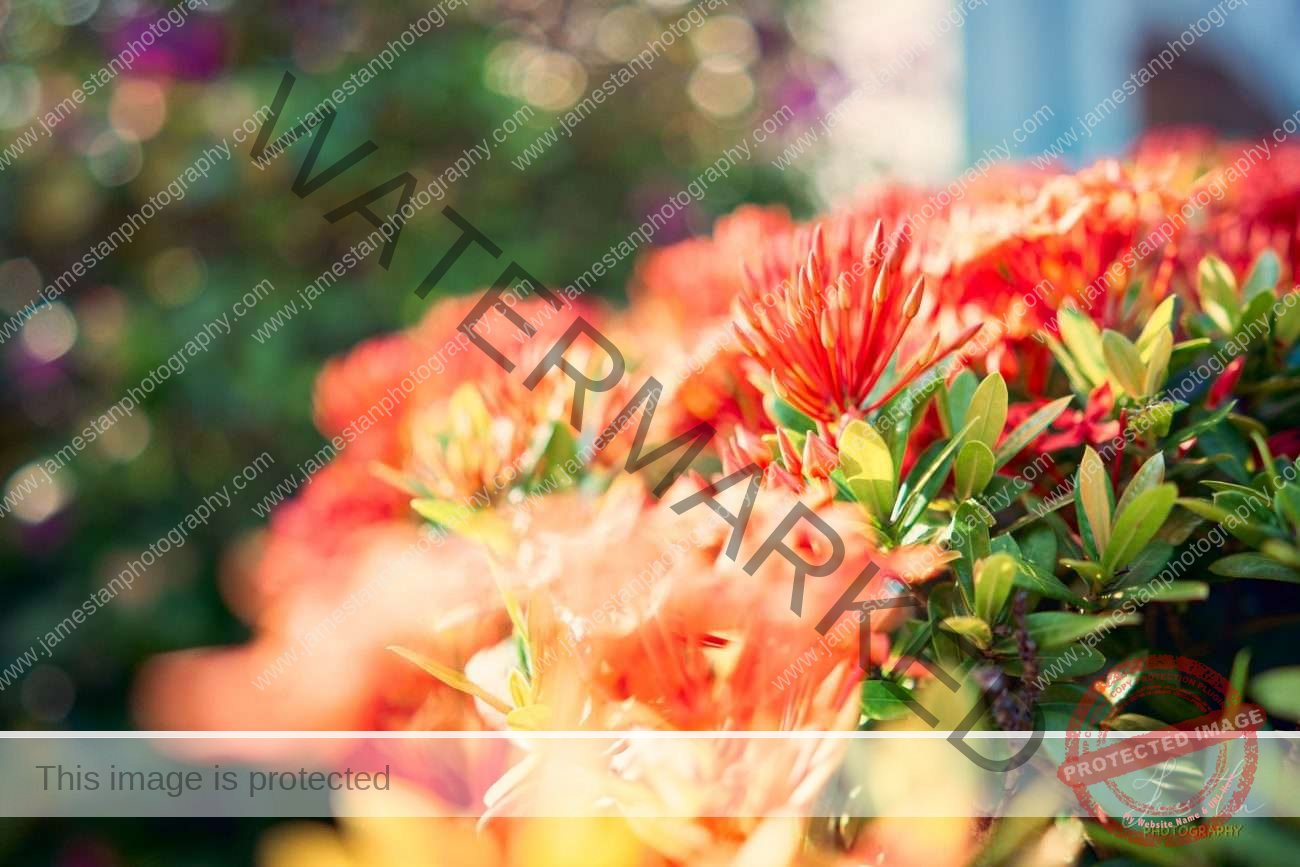
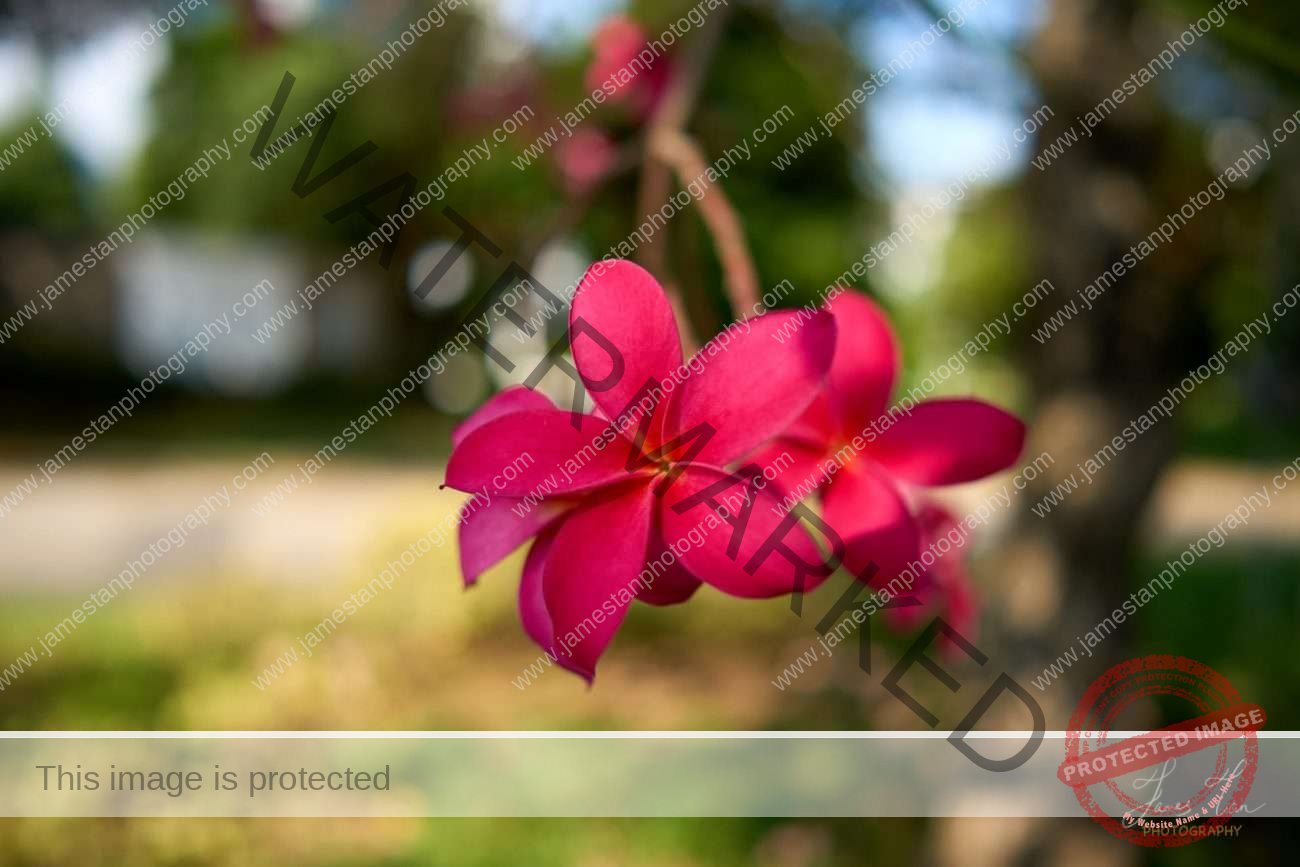

I also take some Bokeh sample test shots.
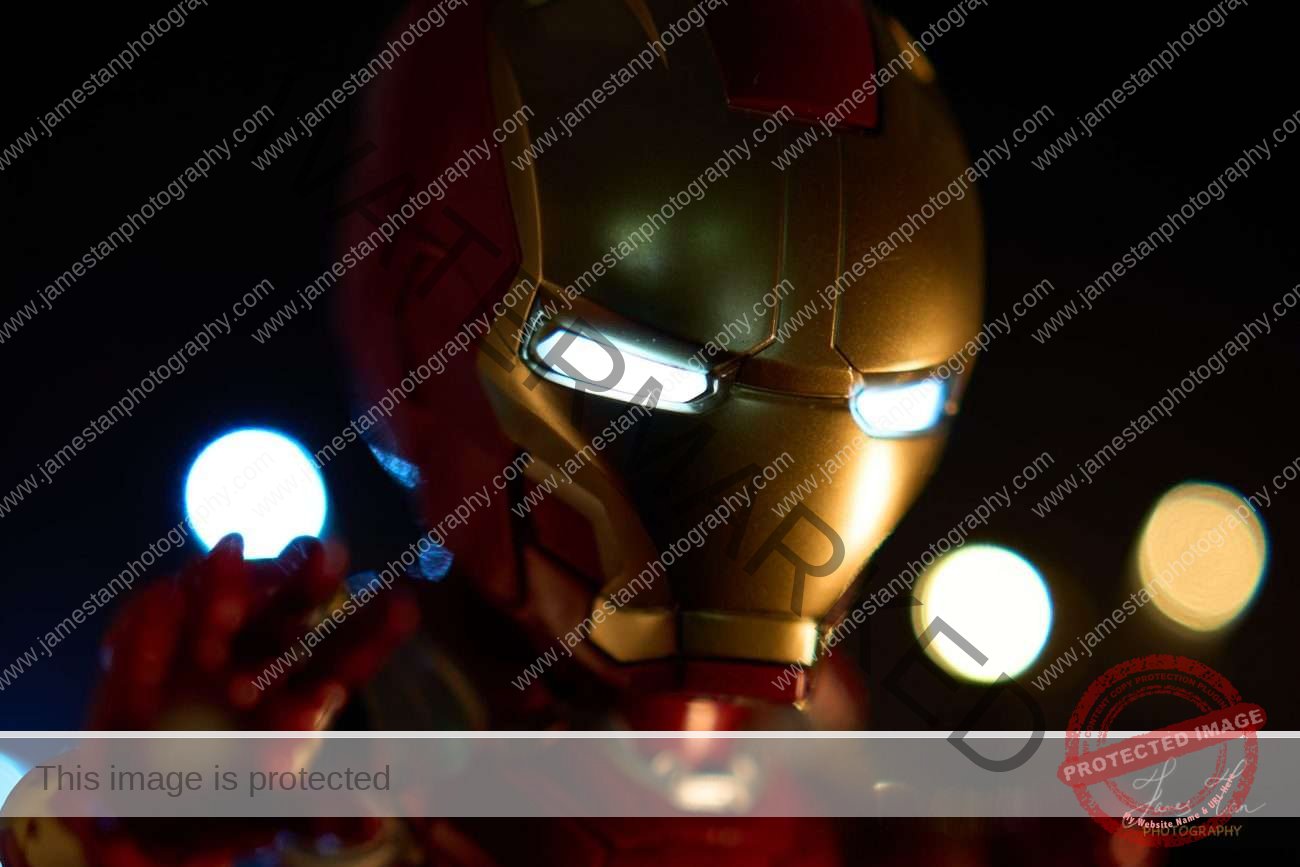
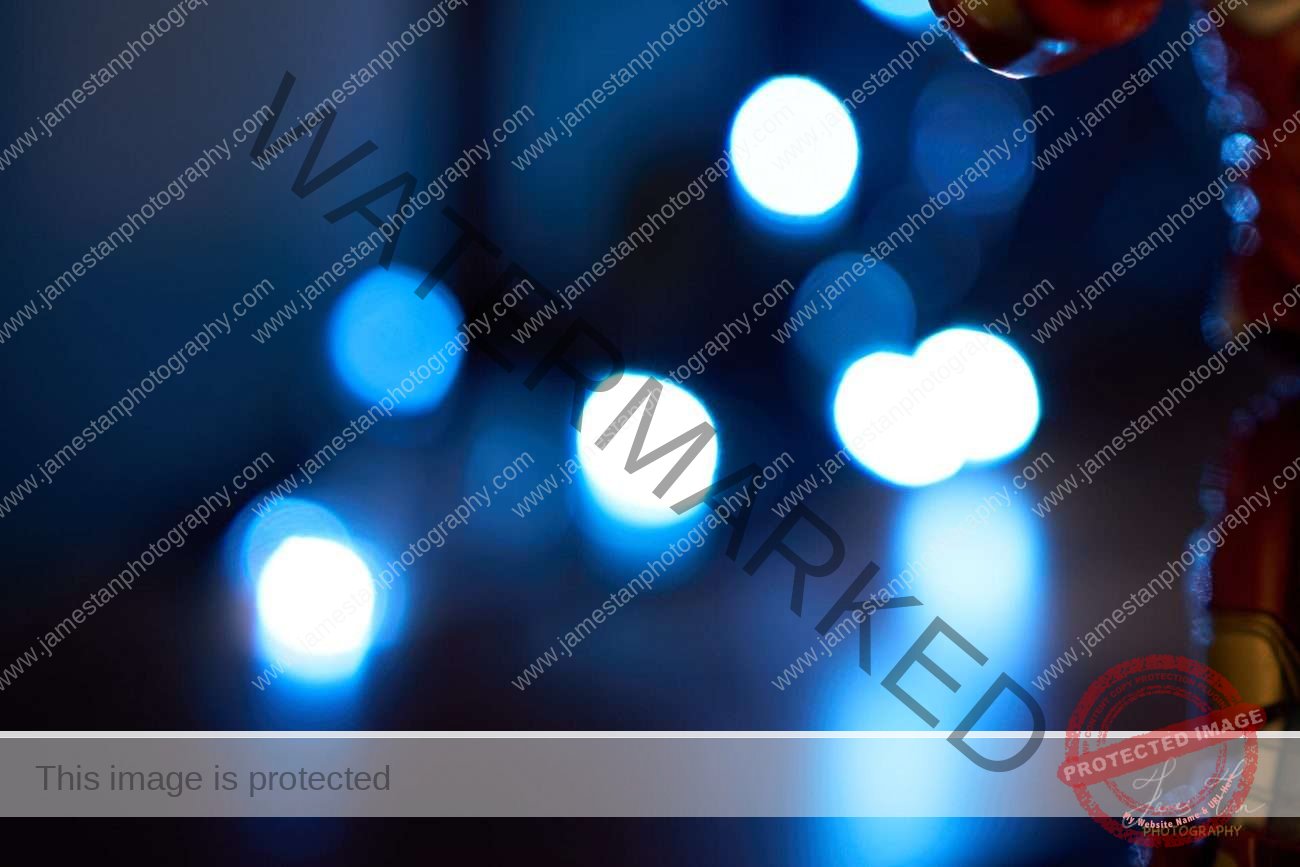
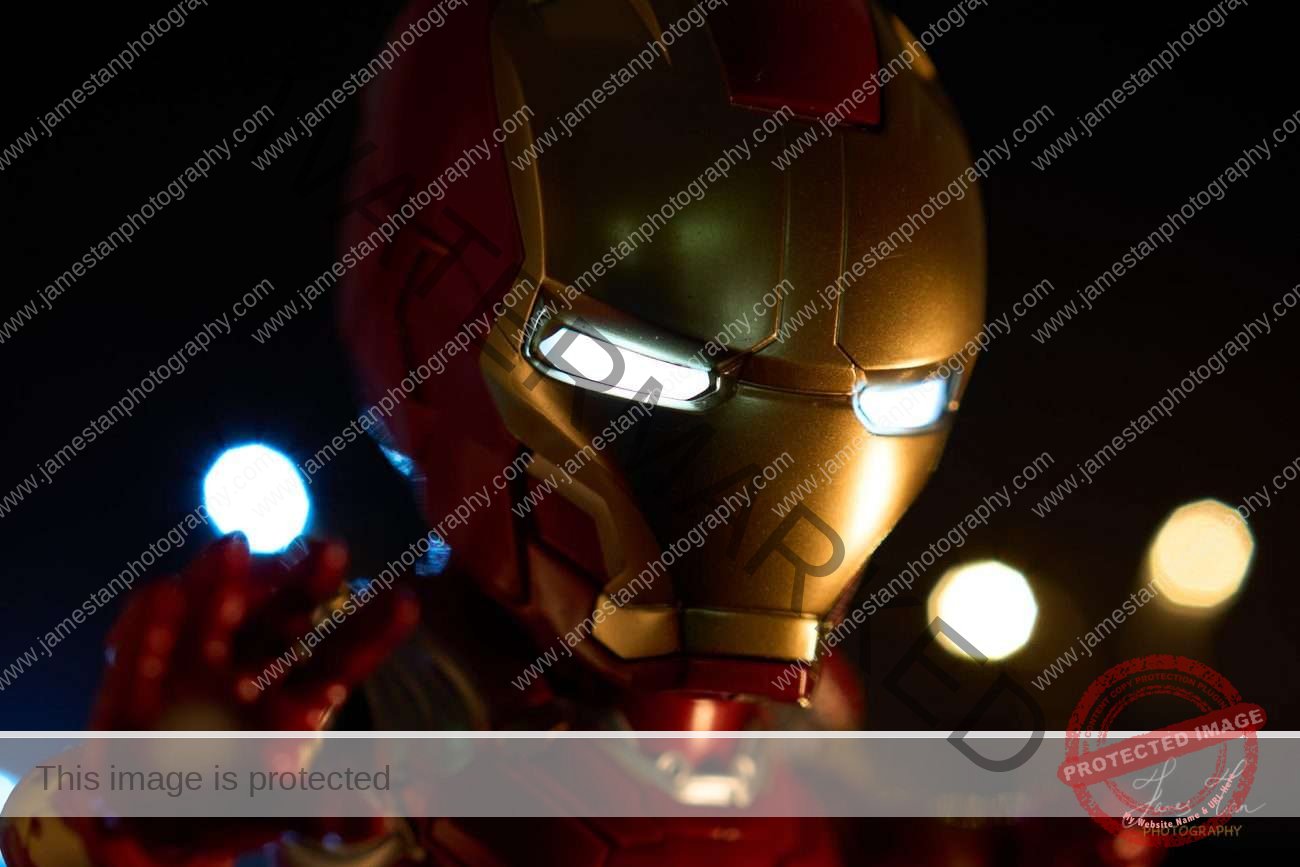
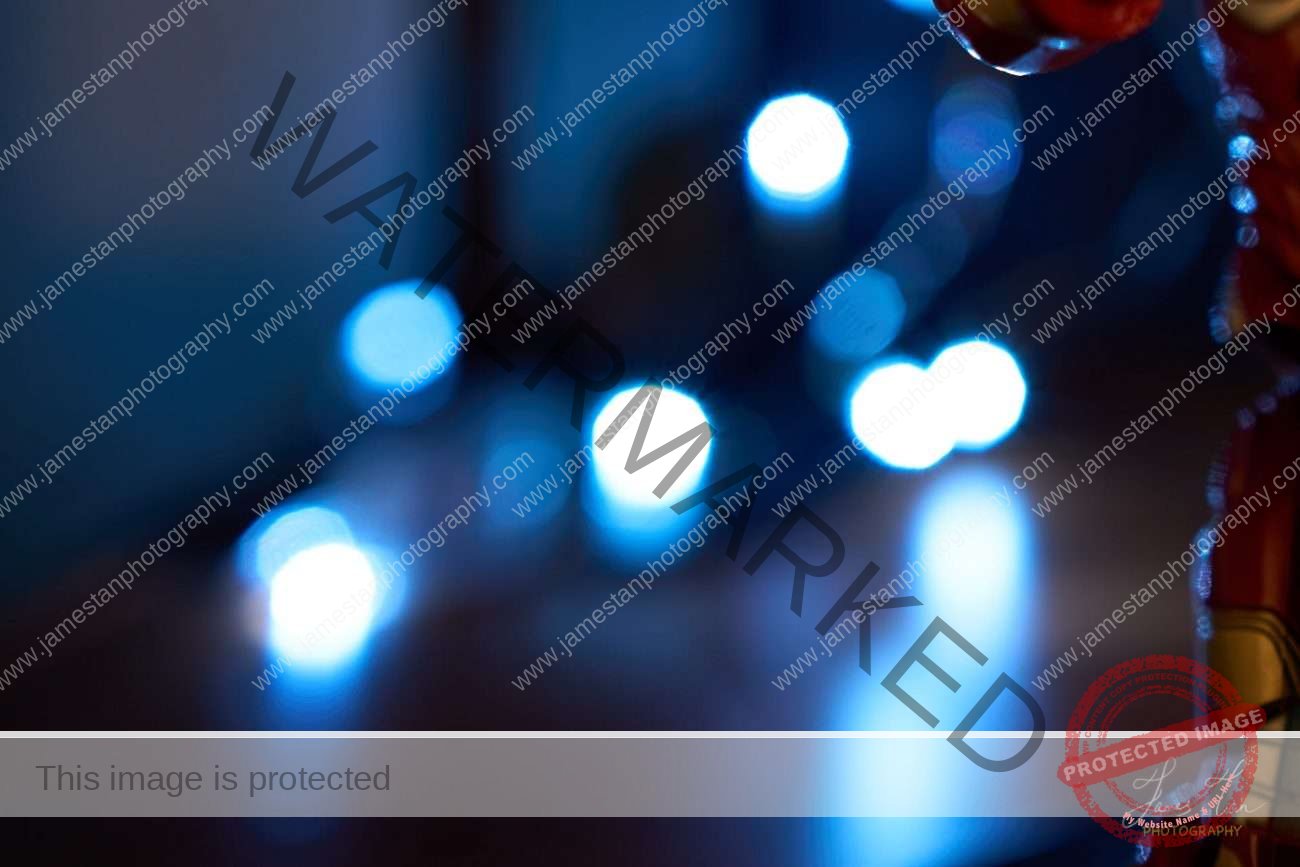
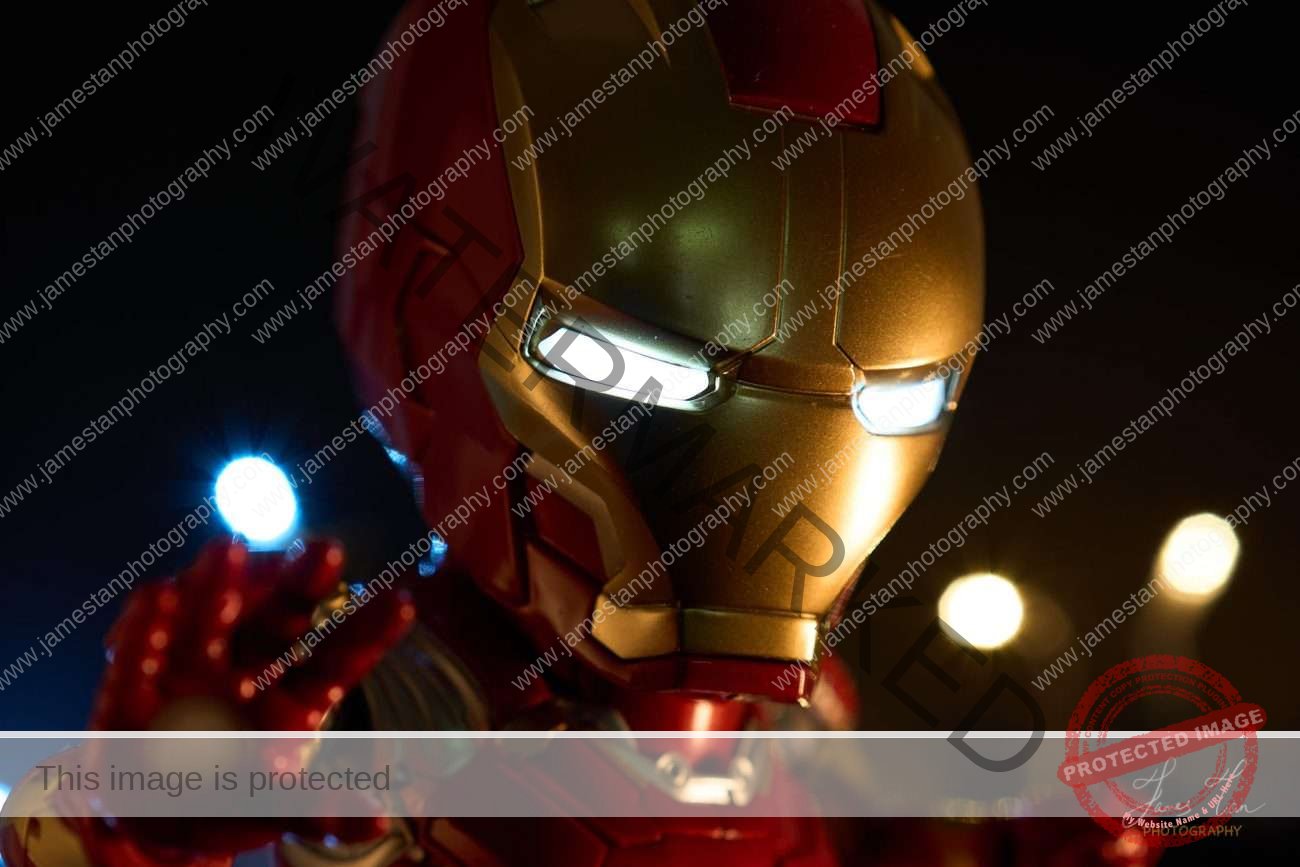
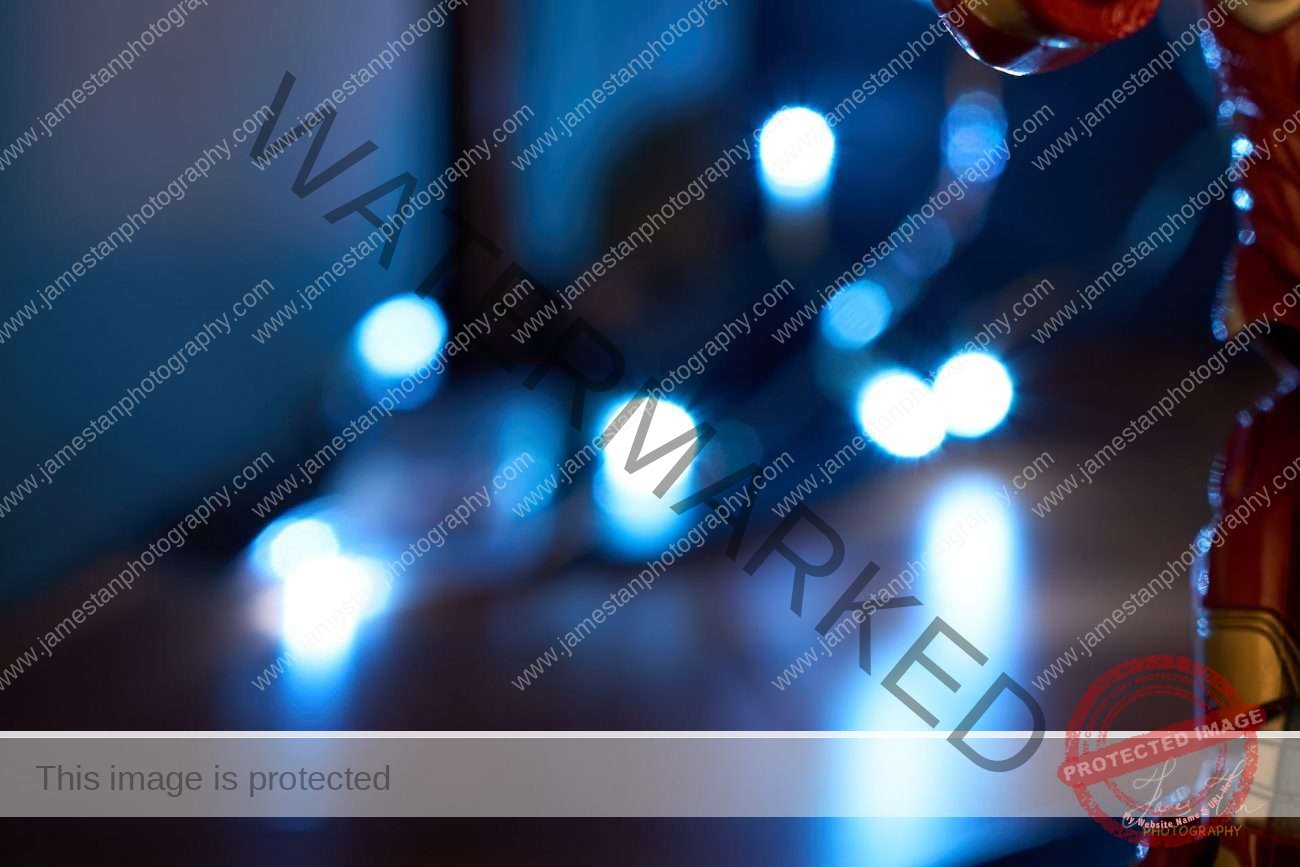
Bokeh in the center remains circular while the off-center Bokeh becomes a lemon shape at the widest open F2. The Bokeh balls changed to a nine-sided polygon shape when stopped down to F2.8. Well, the Bokeh rendering is not as smooth as I expect from a Zeiss lens. You could see some onion-ring texture in the Bokeh balls.
Sunstars Effect
Besides Bokeh, the sun star effect is another important factor for a top-quality lens. Thanks to the nine aperture blades, the Batis 25mm can produce a beautiful 18-spikes sun star effect from F5.6 to F22.
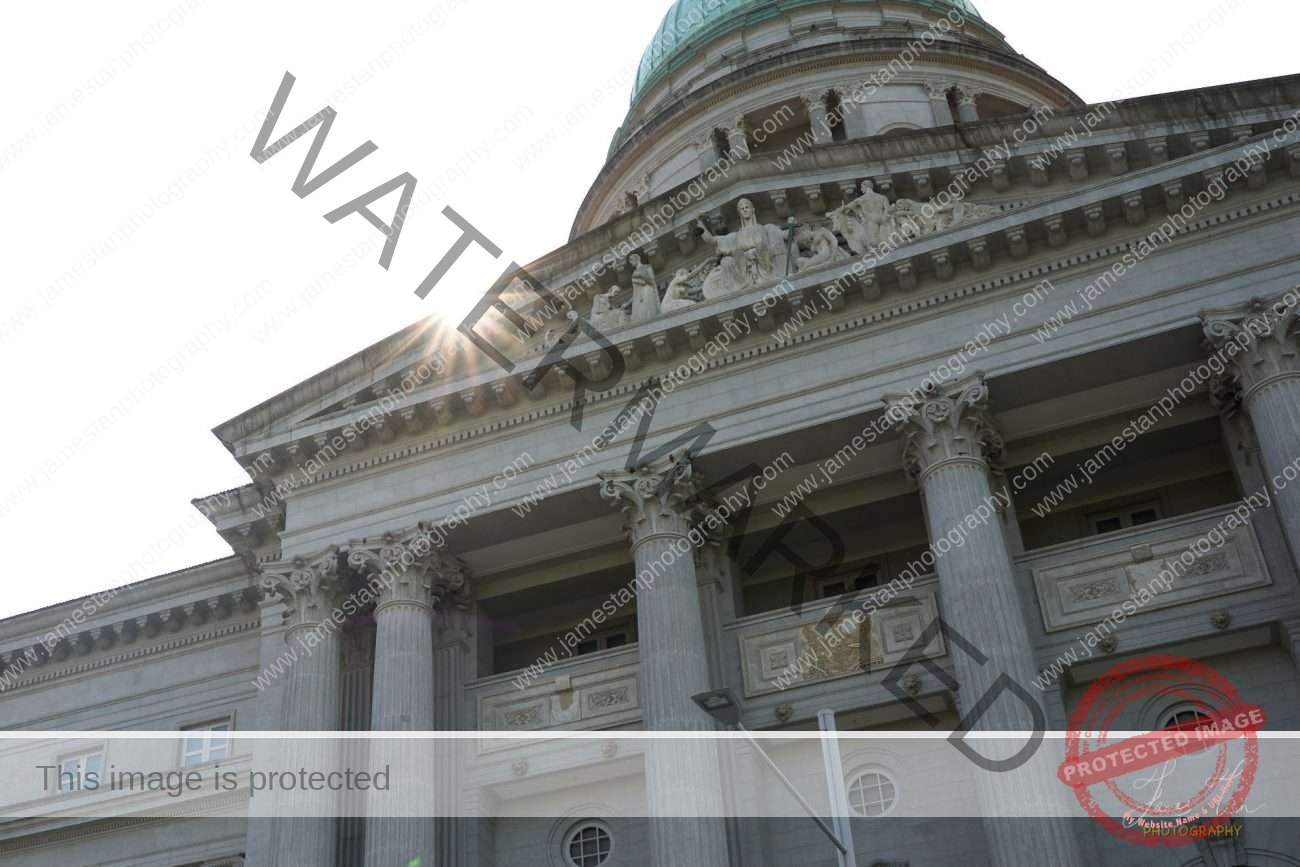



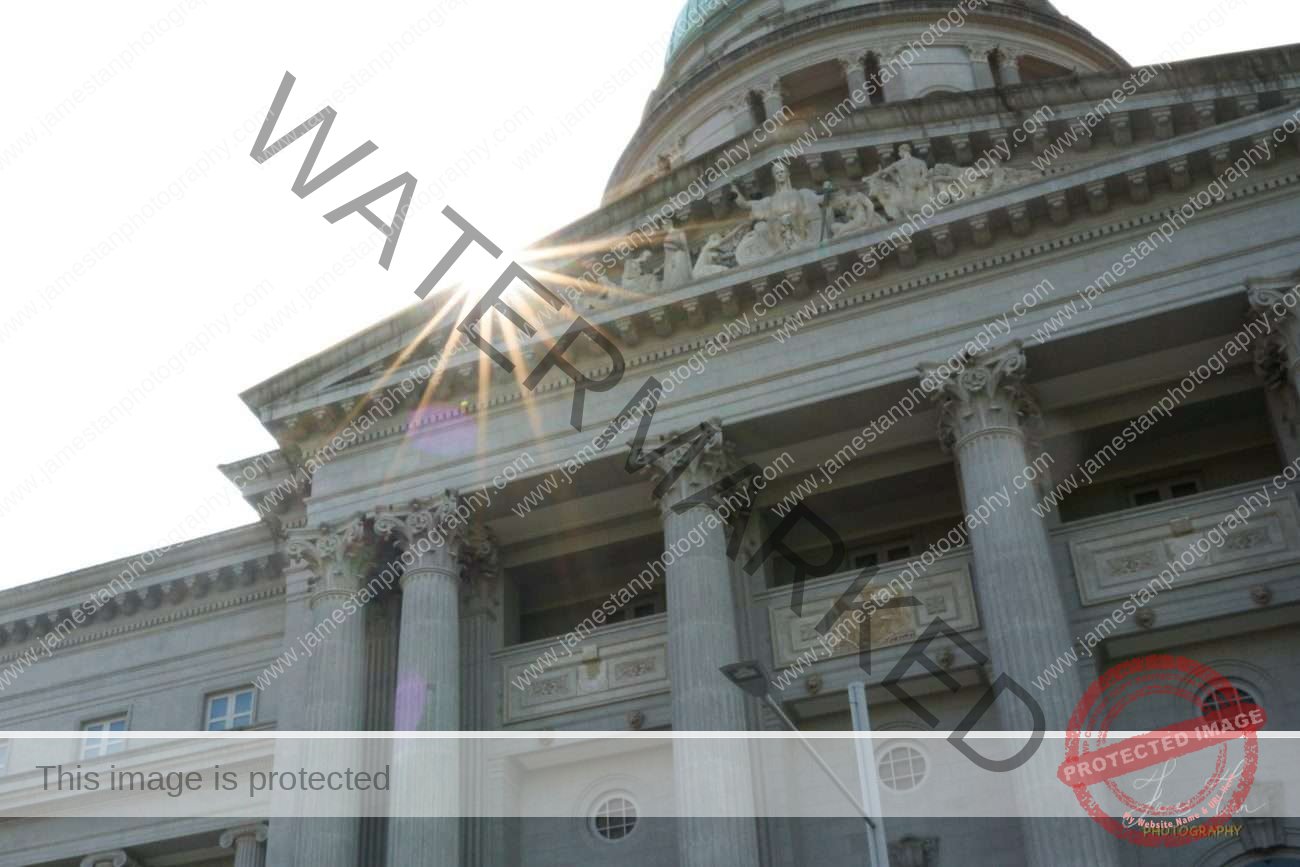
Macro/Close Up
The Batis 25mm stands out from the crowds with its 20cm minimum focus distance and the 0.19 times magnification. Both the autofocus and manual focus give you the same MFD and magnification.
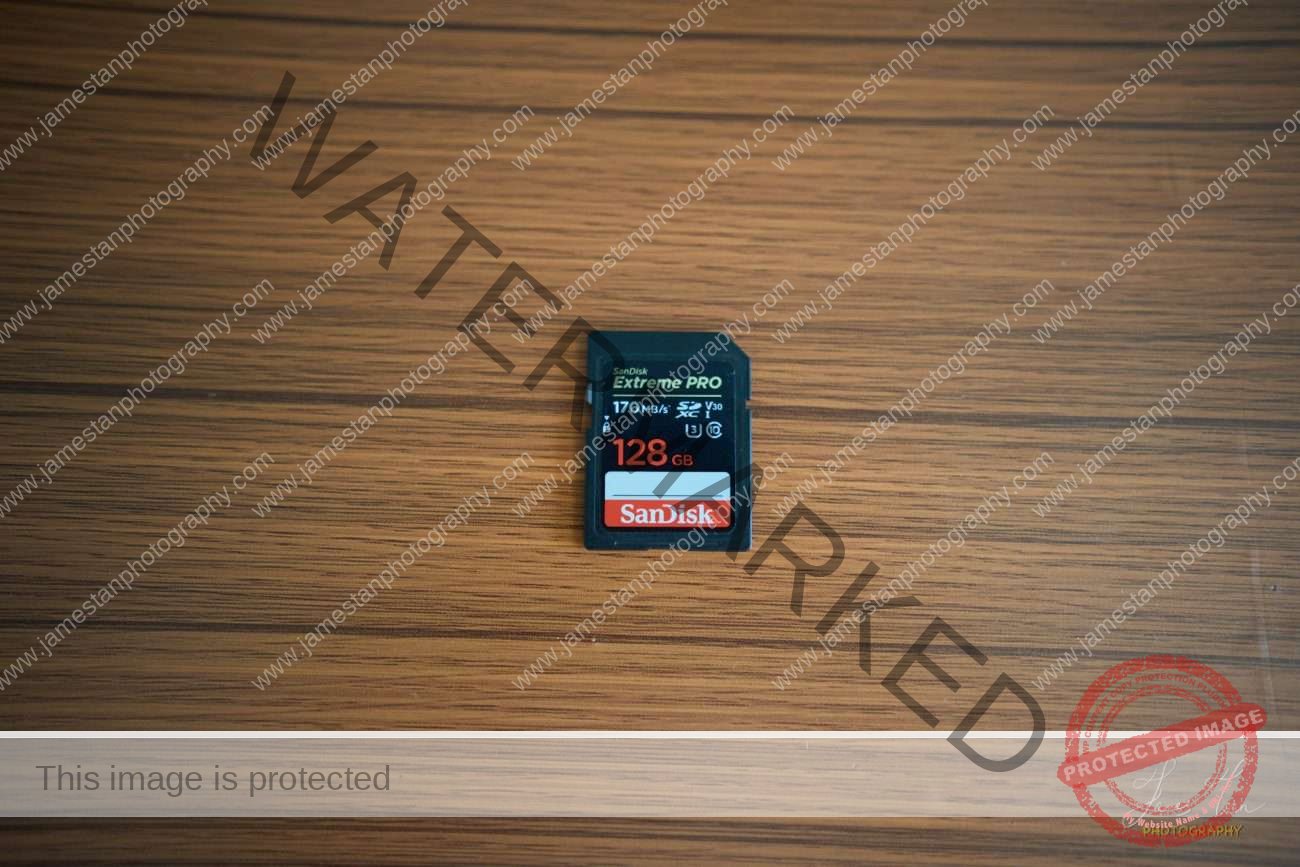
From what I’m aware, only the Samyang 24mm F1.8 offers a similar MFD at 19cm and 0.21 times magnification. The Tamron 24mm F2.8 and Sigma 24mm F3.5 offer a whooping 0.5 times magnification, but they have a much slower aperture.
AF Performance
The Batis 25mm has impressed me with its autofocus performance despite using a 7-year-old autofocus mechanism. The autofocus performs silently and accurately in photo and video shooting, including the Eye-AF. The lens rarely hunts in the continuous AF mode too. Well, you may watch my YouTube review to have a more comprehensive AF testing.

Focus Breathing
However, the focus-breathing is noticeable, and it does not have any on-lens stabilizer. One bad news here. The Batis 25mm is incompatible with the Sony A7 MK IV breathing compensation. Keep in mind that this feature is only compatible with the selected Sony lenses at the moment. I do wish Sony would extend this feature to the third-party lenses.
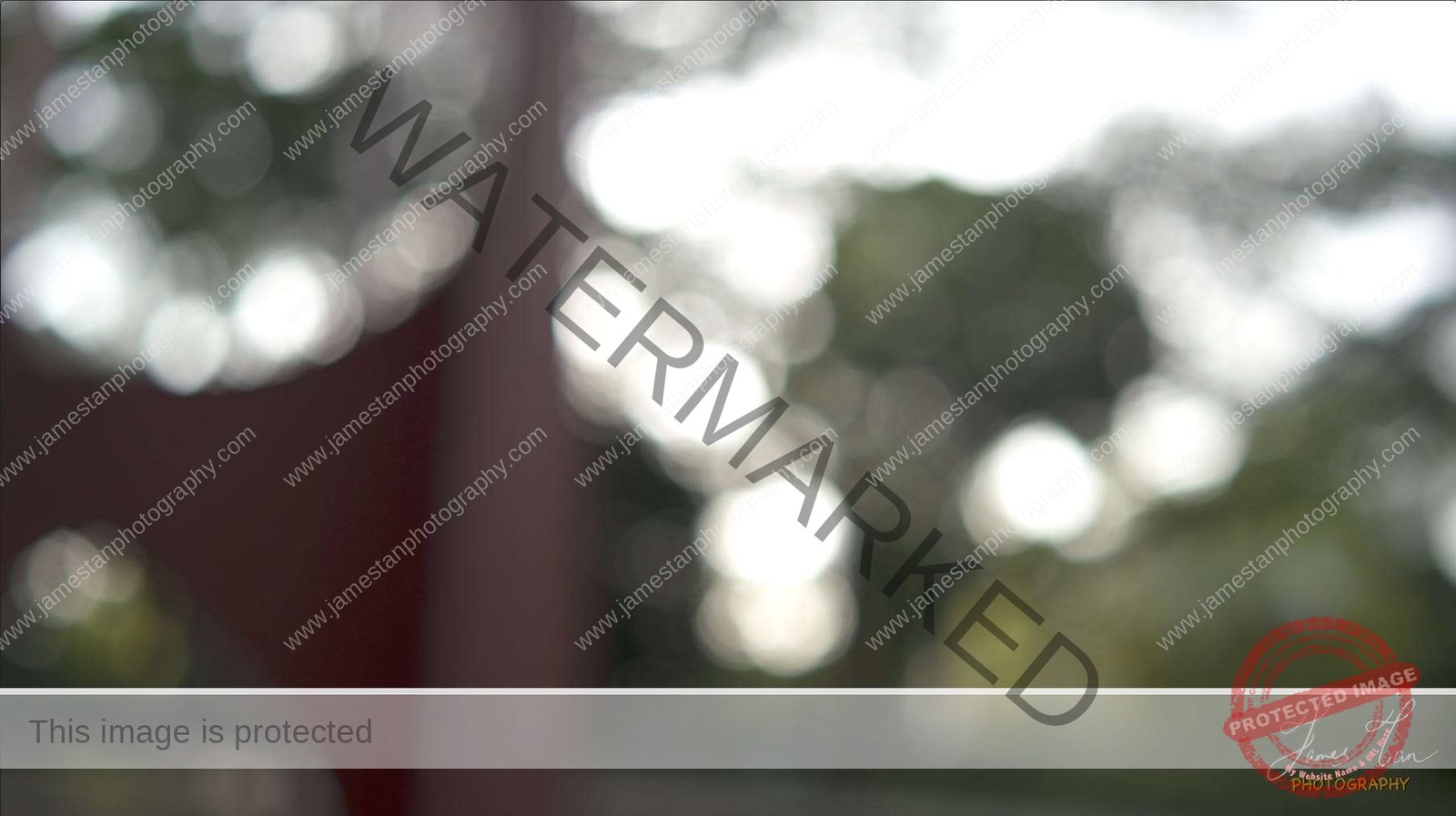

Shooting Experiences
The Zeiss Batis 25mm F2 is a unique lens with a curved body design which is still uncommon in 2022. It is about 100g lighter but fatter than the Sony 24mm GM F1.4. It balances nicely on the smaller Sony a7C and the bulkier Sony A7 MK IV.
Modern Sony mirrorless cameras have a decent to excellent AF performance as compared to 2015 mirrorless cameras. Surprisingly, the 7-year-old AF motor keeps up with the 2022 latest camera’s continuous focus. Yes, it occasionally hunts in certain dull scenes, but Sony 24mm GM does similarly.
Talk about the Zeiss Batis on-lens OLED screen, and I could only think of it as possibly helpful when shooting in the dark, like capturing the milky way. Usually, I verified the focus through the camera’s peak focusing feature on the LCD screen; thus, I do not find its usefulness in my use cases.
The Sony 24mm GM might spoil me in its optical performance. The Batis 25mm Bokeh is acceptable at F2, but I expect a rounder and smoother Bokeh rendering from a Zeiss lens. The lens exhibits minor optical issues e like vignetting, distortion, and chromatic aberration, but we can simply fix them through the in-camera lens compensation and post-processing. Fortunately, it has a decent corner-to-corner sharpness right from the F2 wide open.
It is a pleasant experience to shoot with Zeiss Batis 25mm F2, but it lacks the WOW factor among the 24mm alternatives in 2022.
Sample Shots
Before concluding the Zeiss Batis 25mm review, let’s check out a few more real-life sample shots (click the photos to view them in proper ratio). They are edited in Capture One Pro.




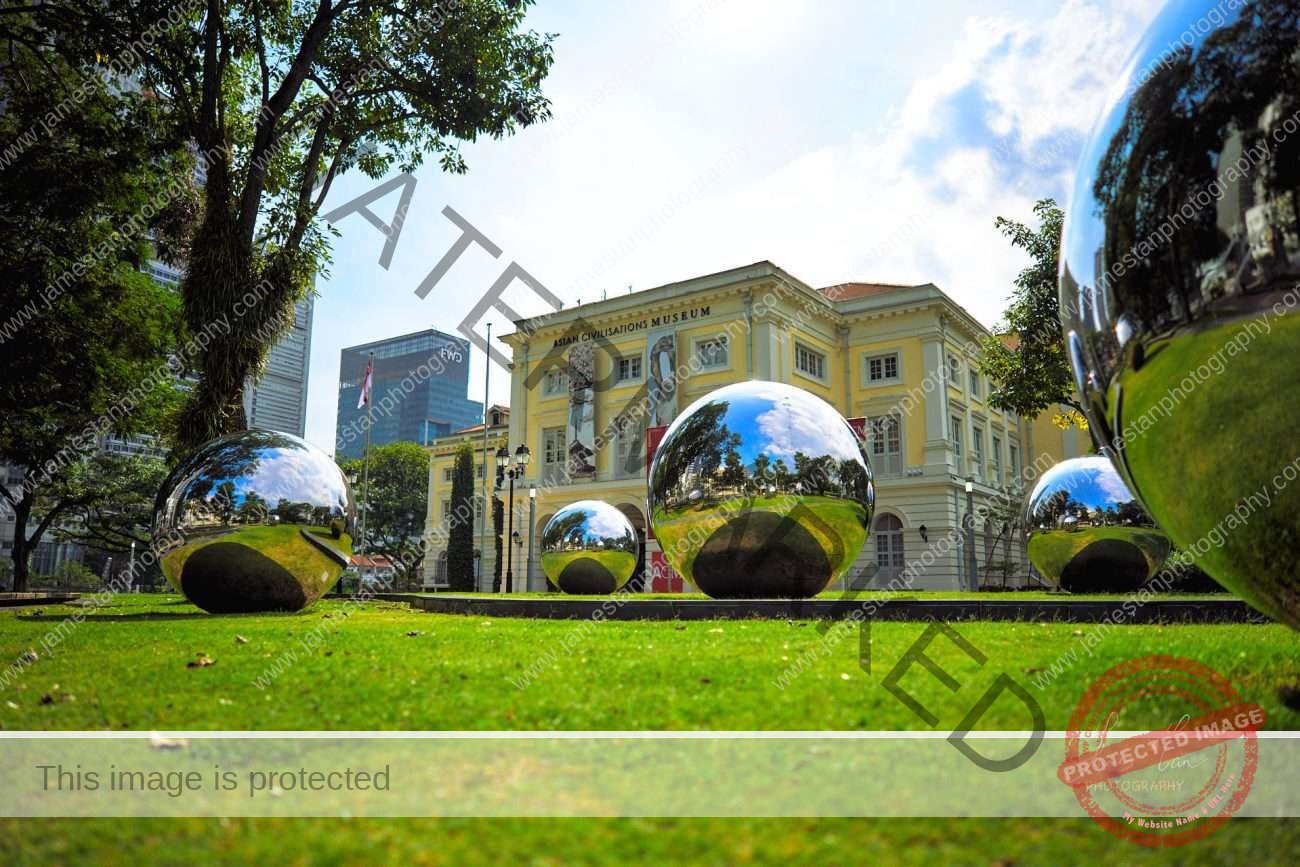









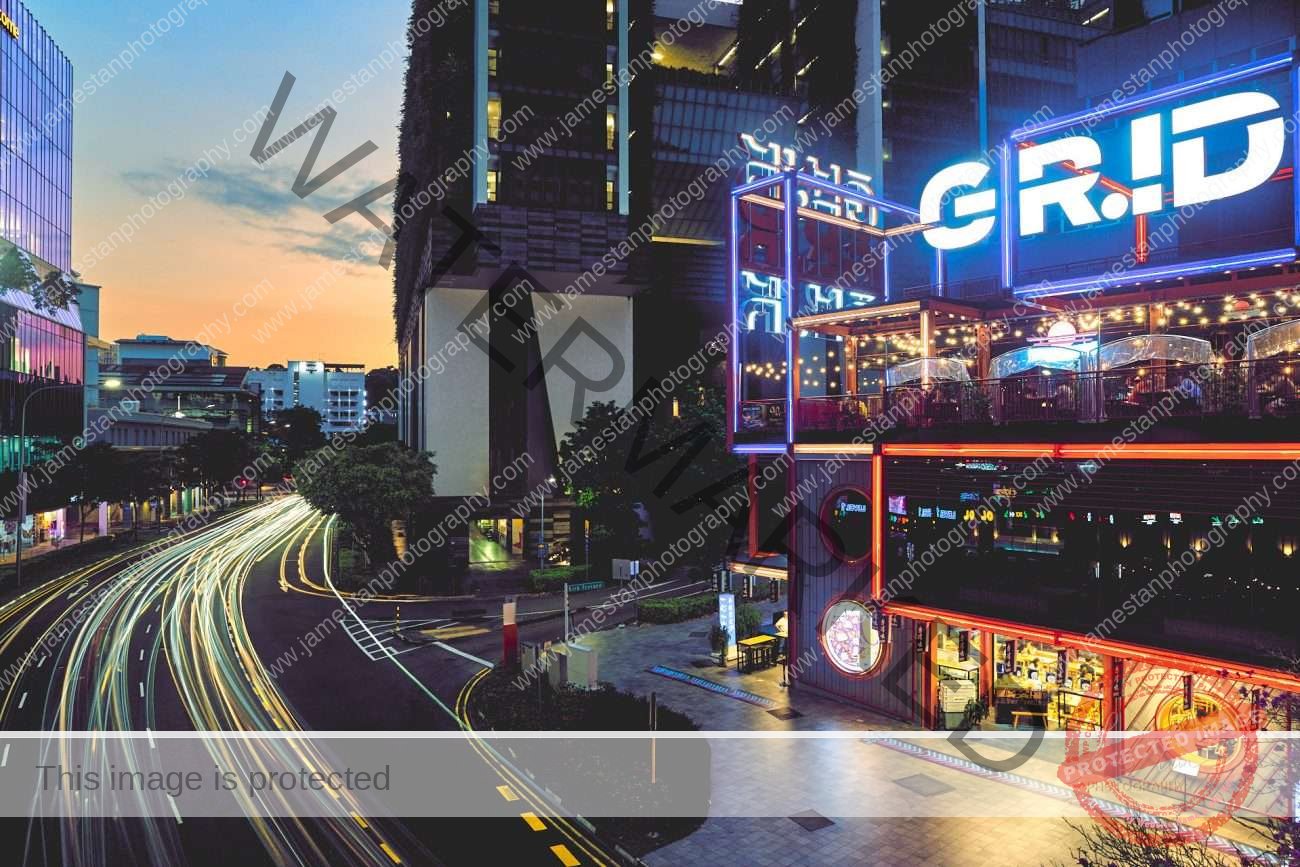



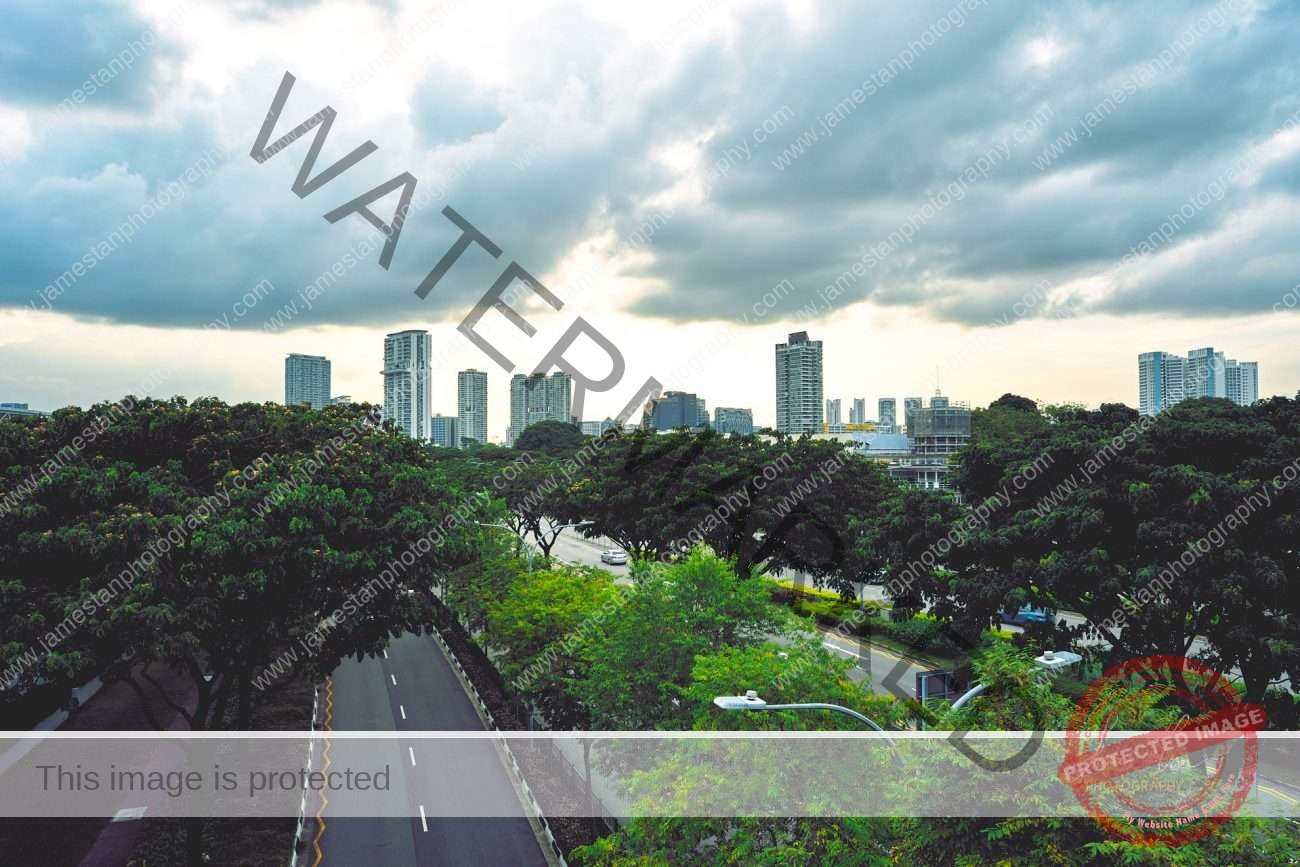


Bottom Line
The Zeiss Batis 25mm F2 is a 7-year-old lens, but it does not show its age. When combining the size, the weight, the fast aperture, the optical performance, and the AF performance, the Zeiss Batis 25mm is still a solid wide-angle fast prime in a compact body in 2022. The only rivals are the Sony 24mm F1.4 GM and perhaps the new Samyang 24mm F1.8.
In 2022, more and more 24mm compact lenses are getting on-lens controls like custom-hold button, AF/MF switch, aperture ring, etc., making the Zeiss Batis 25mm F2 look dated with its minimalist design. It is not a big deal, but you would appreciate the additional physical controls when using the lens on a compact camera like Sony a7C.
If you could get the Zeiss Batis 25mm at a great discounted price, go ahead! However, the USD 1,200 price tag makes me hard to recommend it in 2022. If I’m looking for the best optical performing 24mm fast prime in 2022, I will top up another two hundred dollars for the Sony 24mm F1.4 GM.
The GM lens optically outperforms the Zeiss in almost every aspect, marginally. Although it is not a day and night difference, it is enough to justify the USD 200 difference. I want to get the best when spending on a thousand-dollar lens.
In the forthcoming review, I have a detailed comparison between the Zeiss Batis 25mm F2 and the Sony GM 24mm F1.4. That’s all for the Zeiss Batis 25mm F2 review. See you in the following review. Peace!
I hope you enjoyed the review and happy shooting. Cheers!
Is This Post Helpful To You?
I started this site with the intention of sharing my learning and working experience in photography. It takes significant time and cost to pick up and learn a new gear/technique, and then draft a post to share with everyone. The effort is worthwhile if it helps you and others save unnecessary time and money. I would be glad if you benefit from my content, and you may leave a one-off tip to keep this site running.
Besides, you may support this site by making your purchase through the affiliated links below. The product price is the same when you use the affiliate link, but a qualified purchase earns me a small commission. As an Amazon Associate I earn from qualifying purchases.

